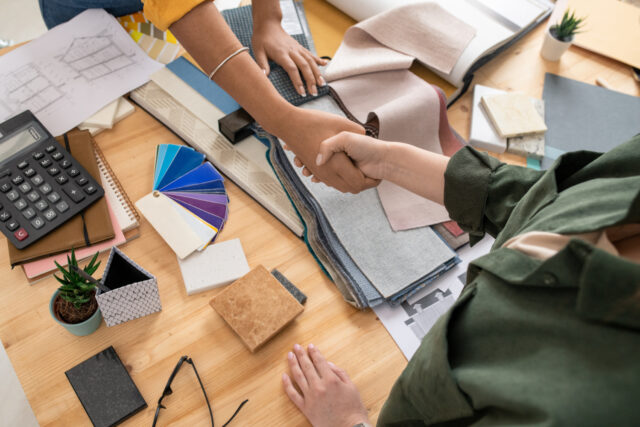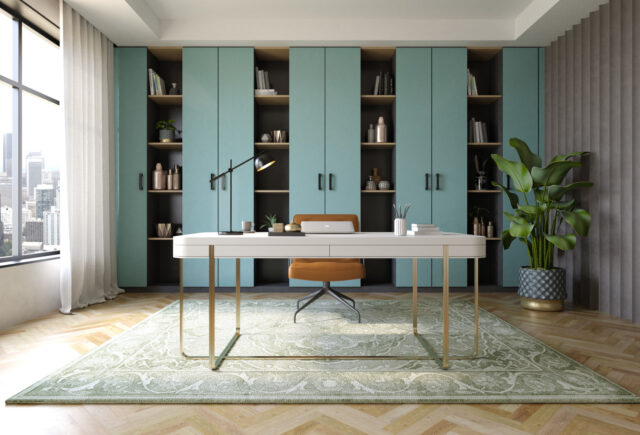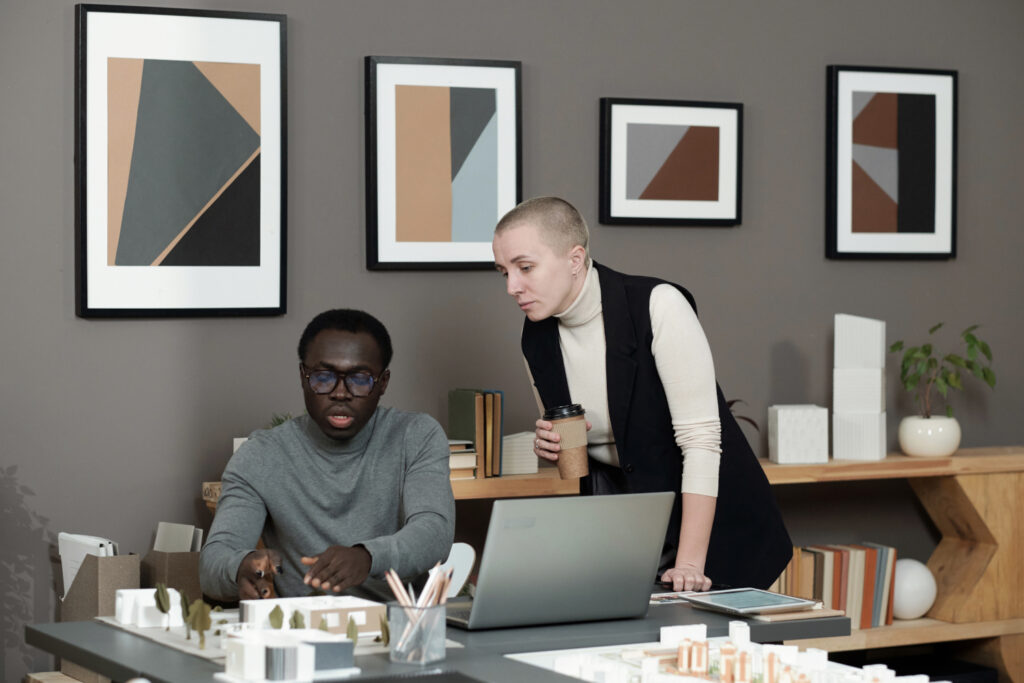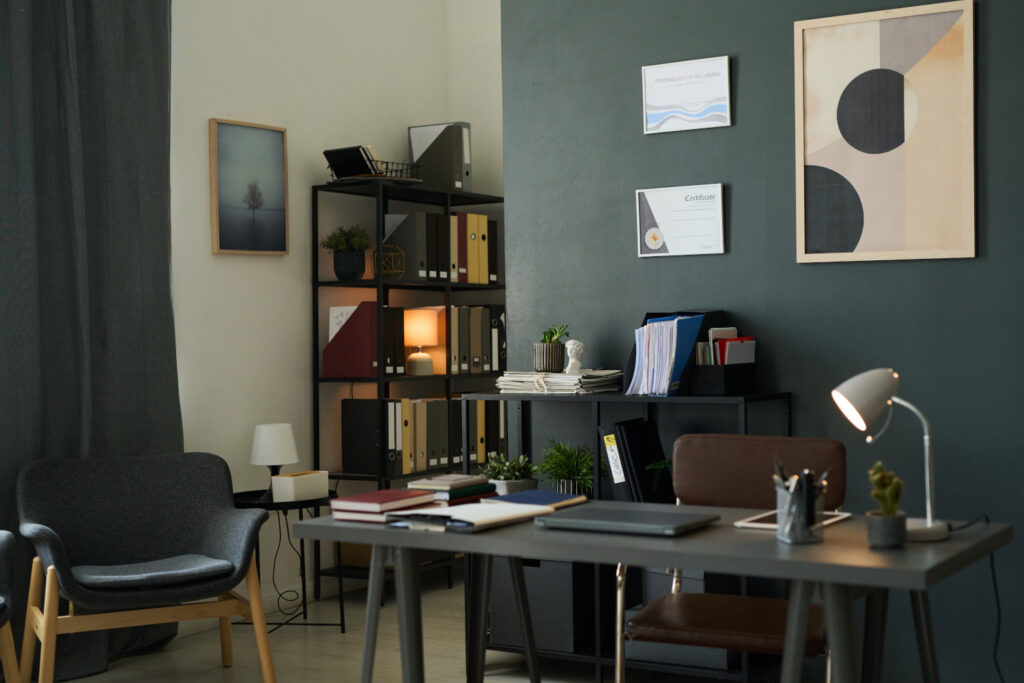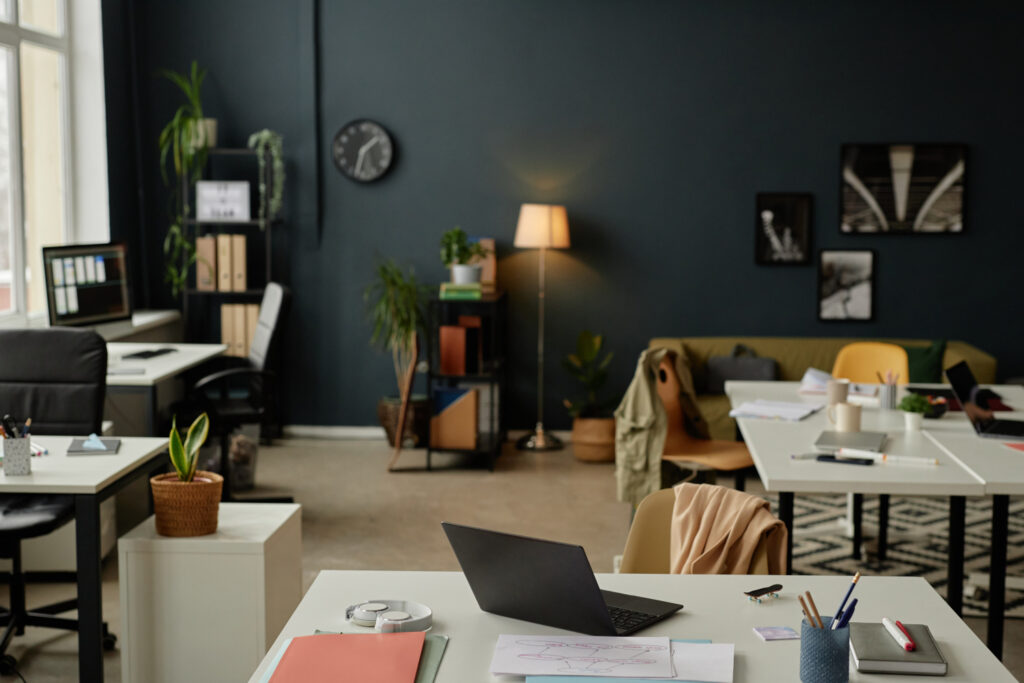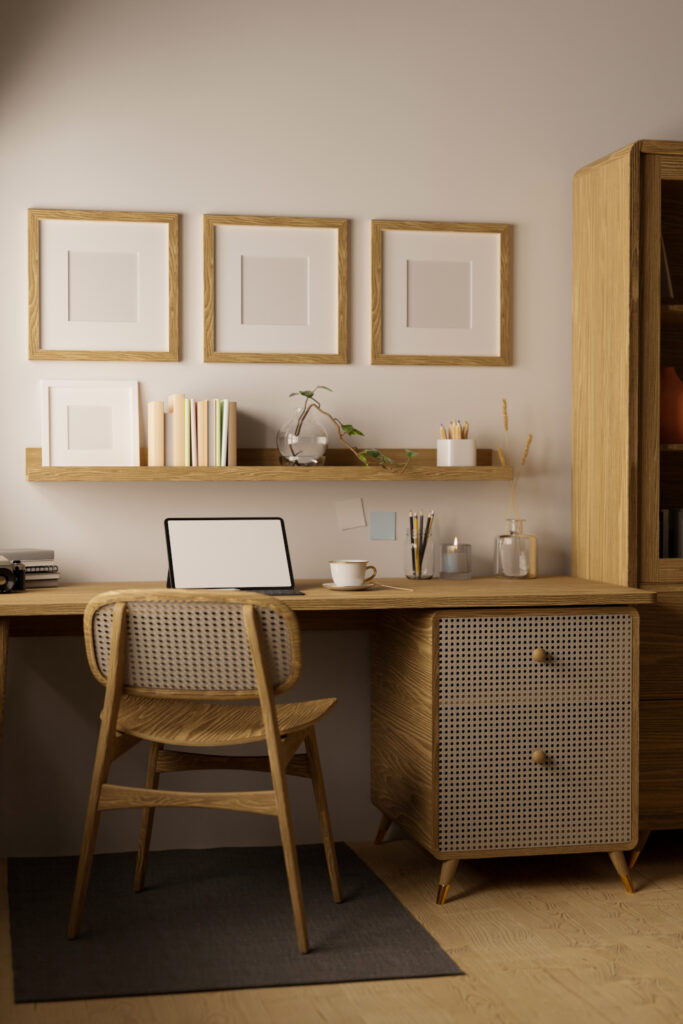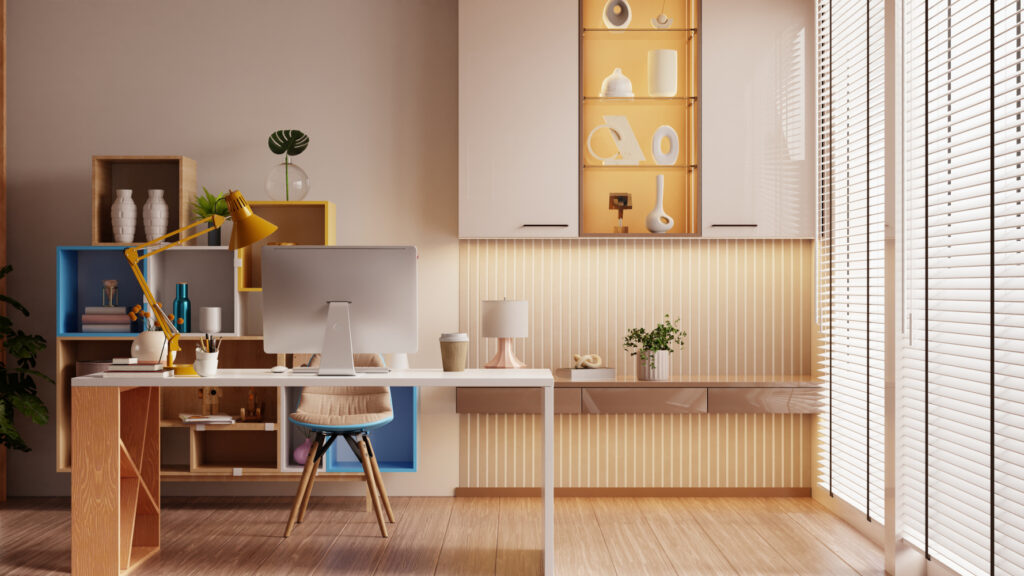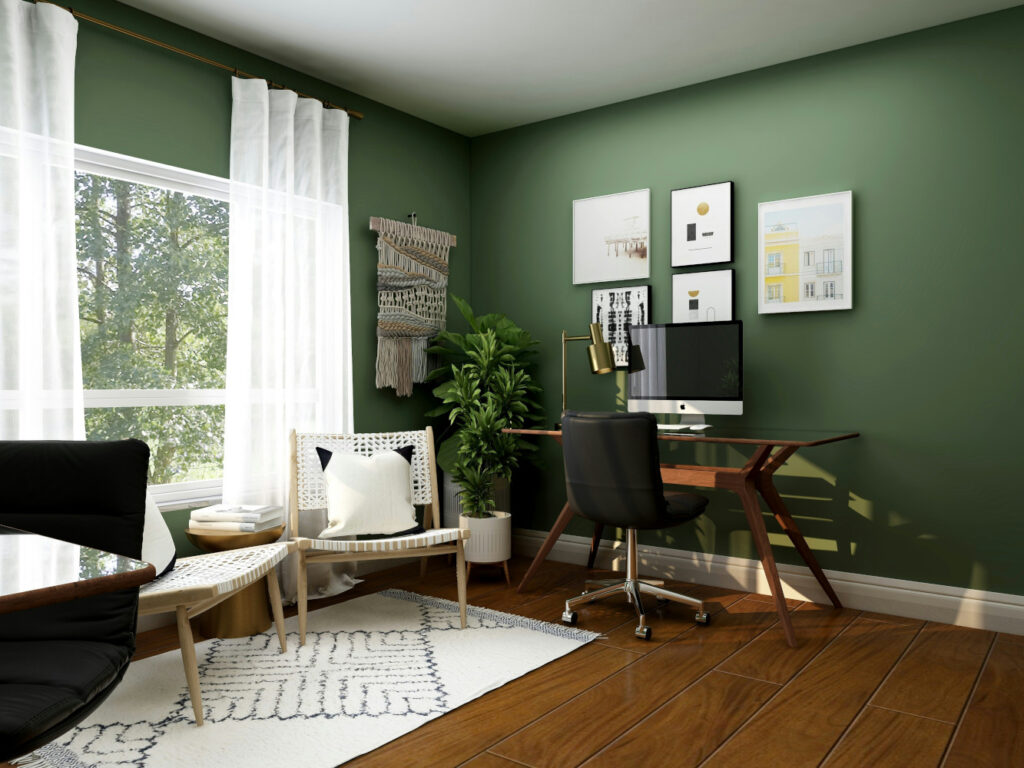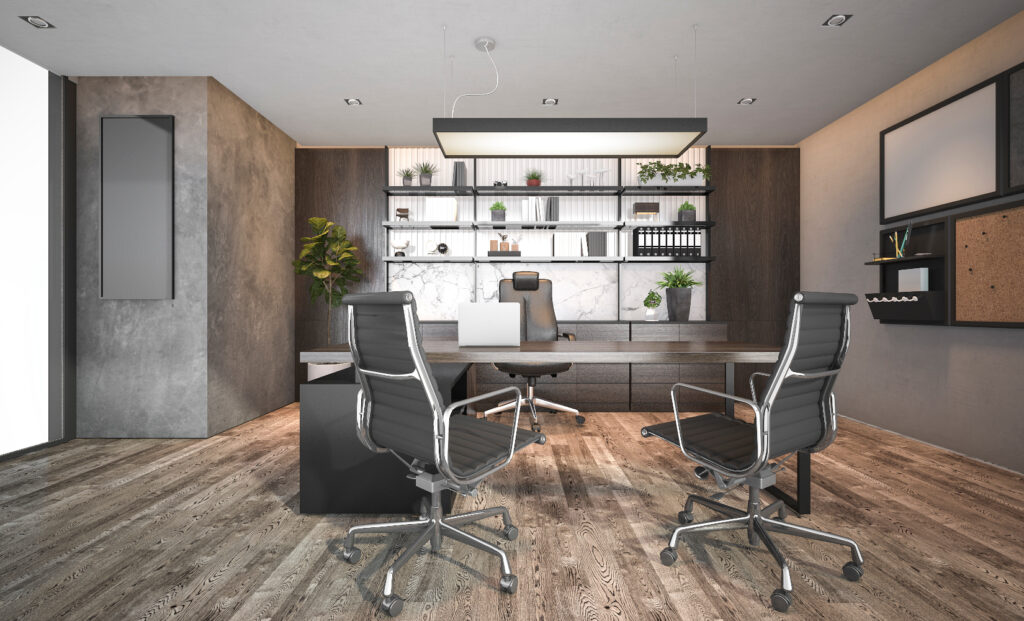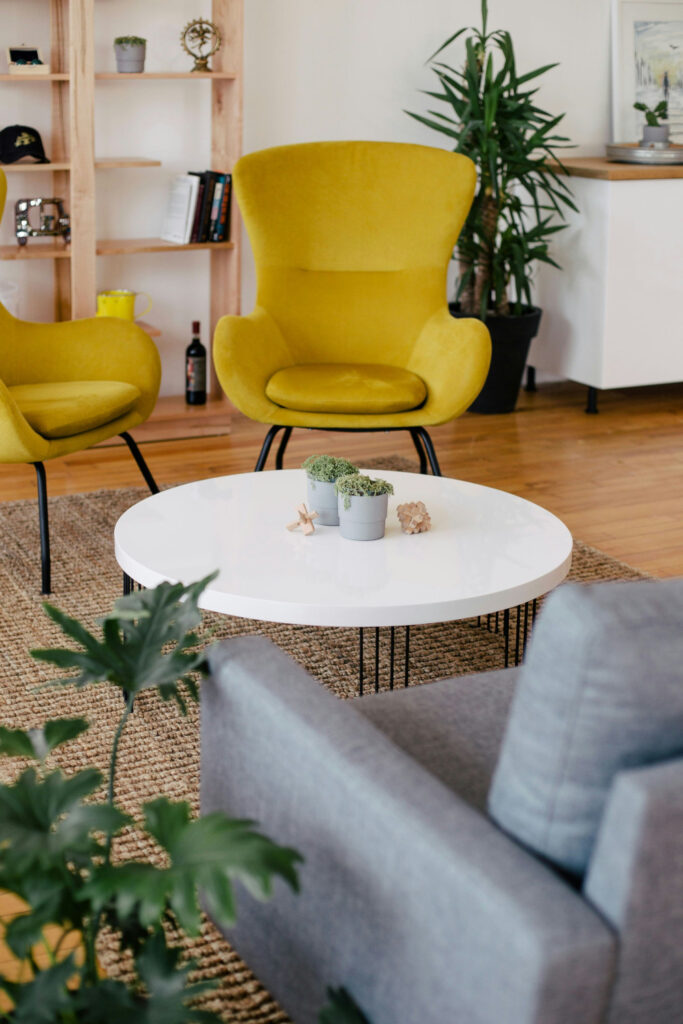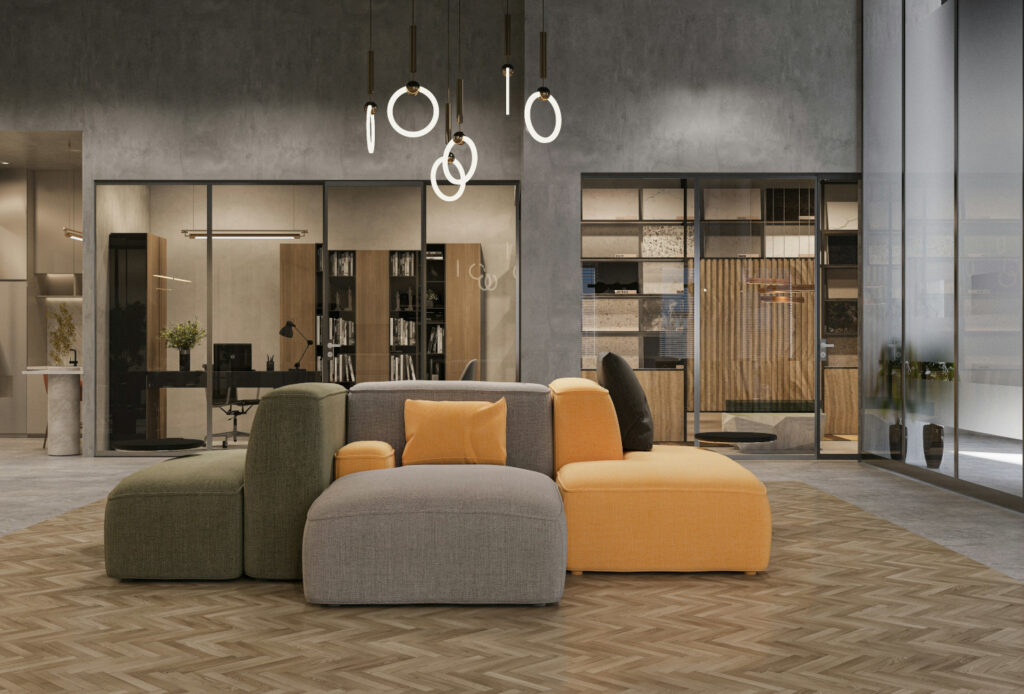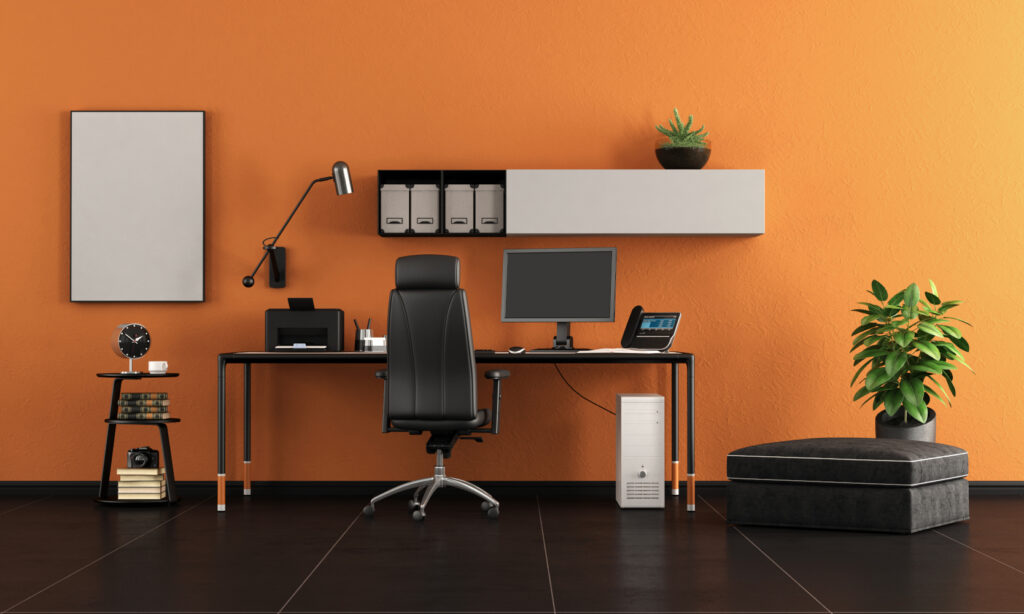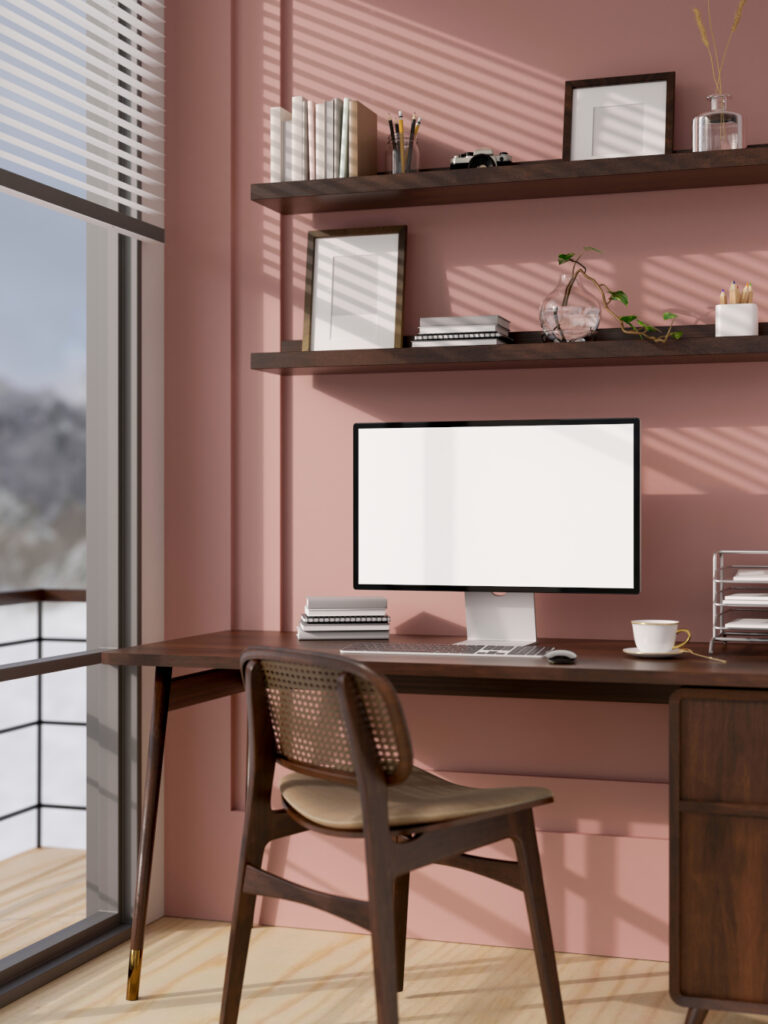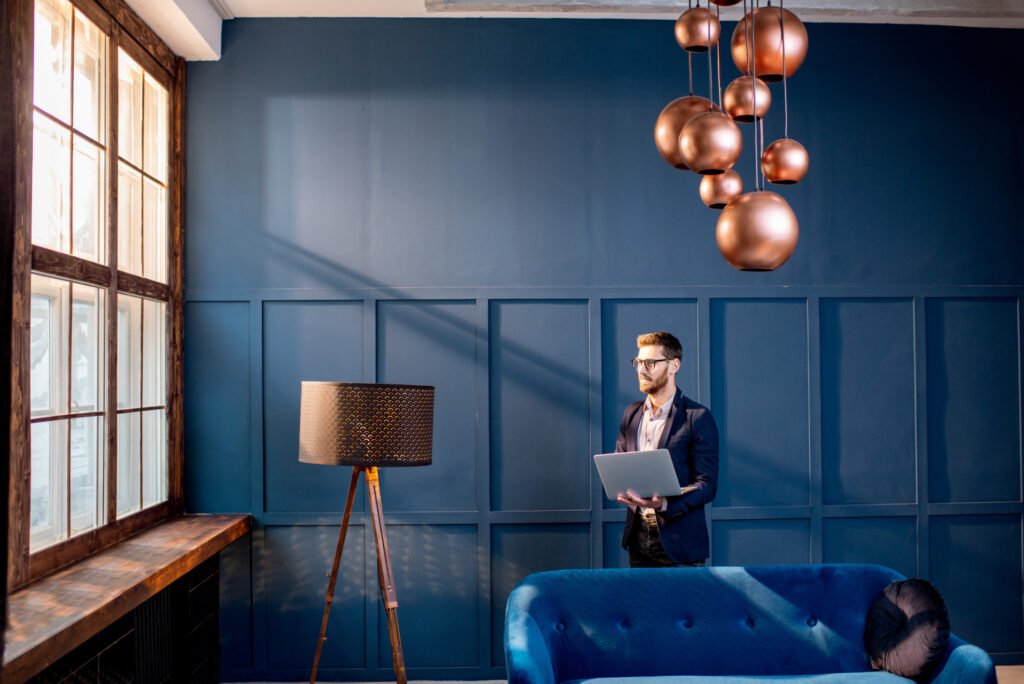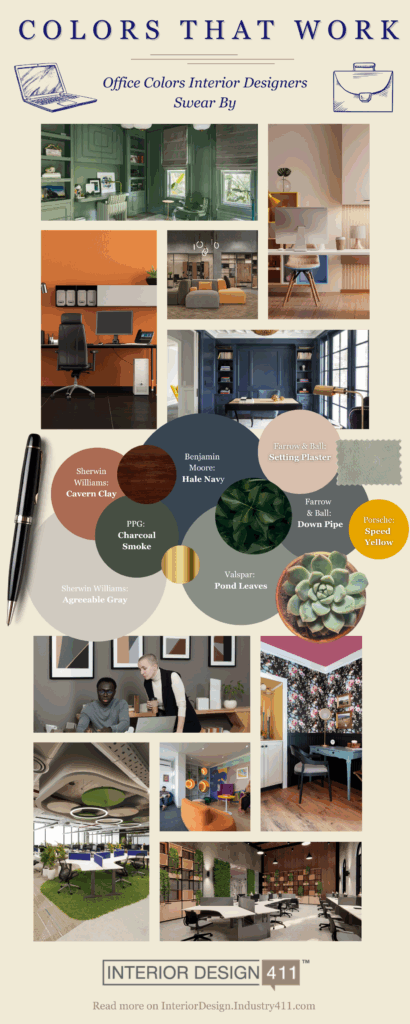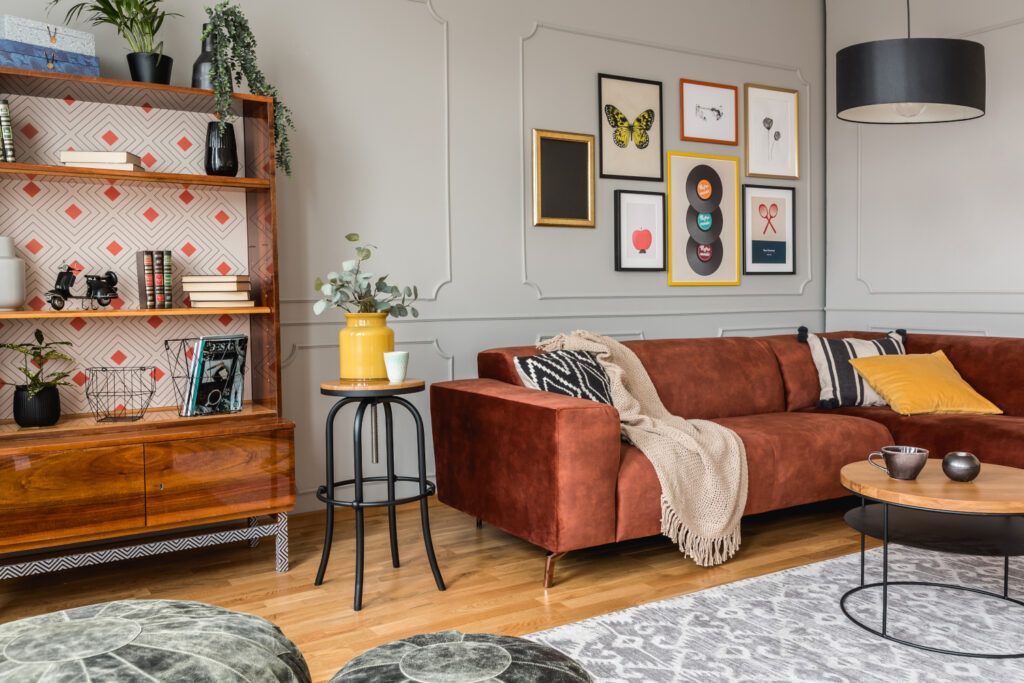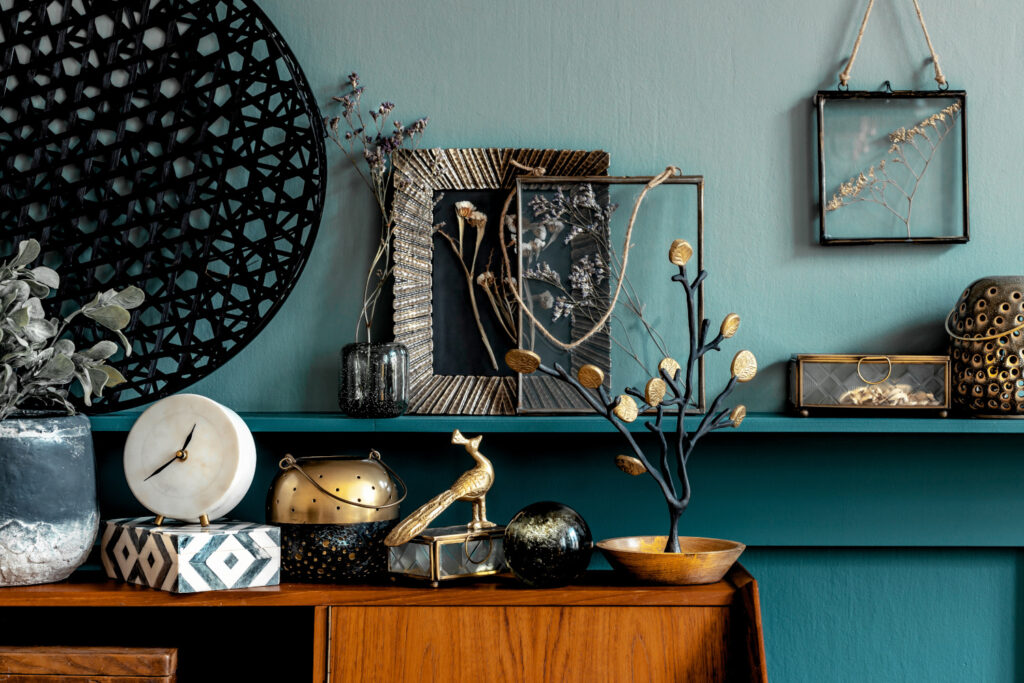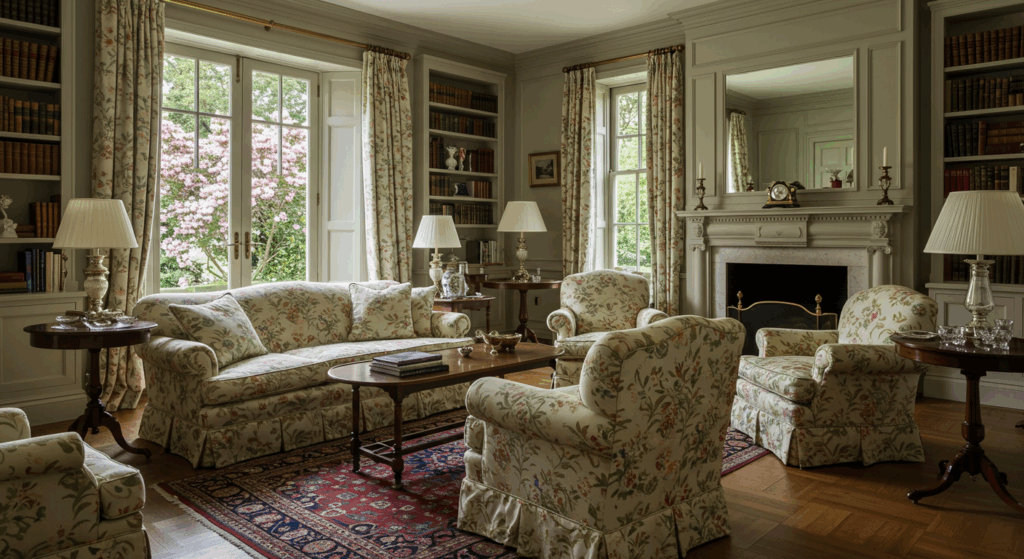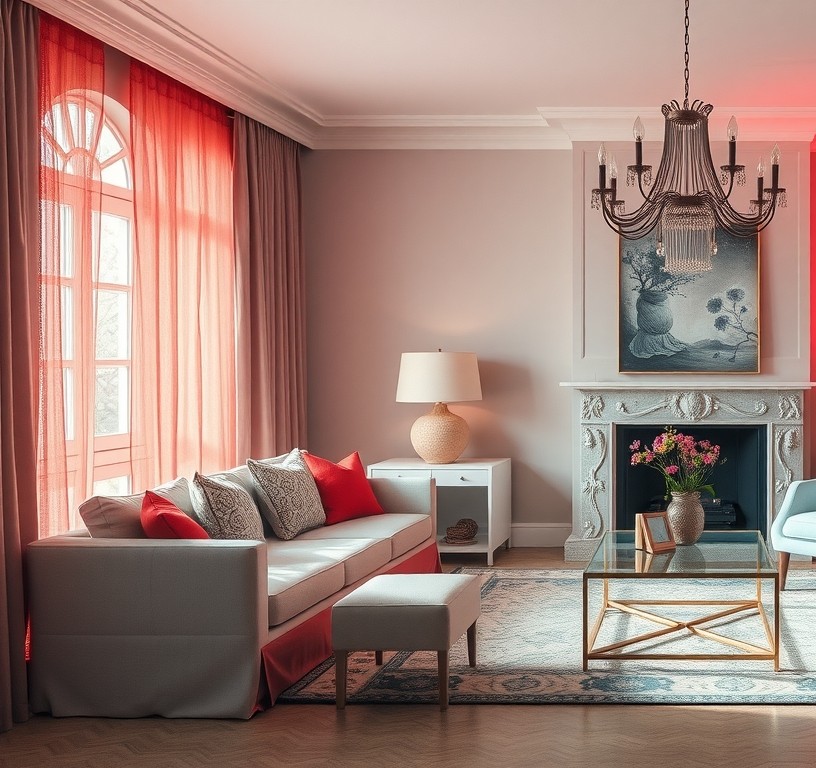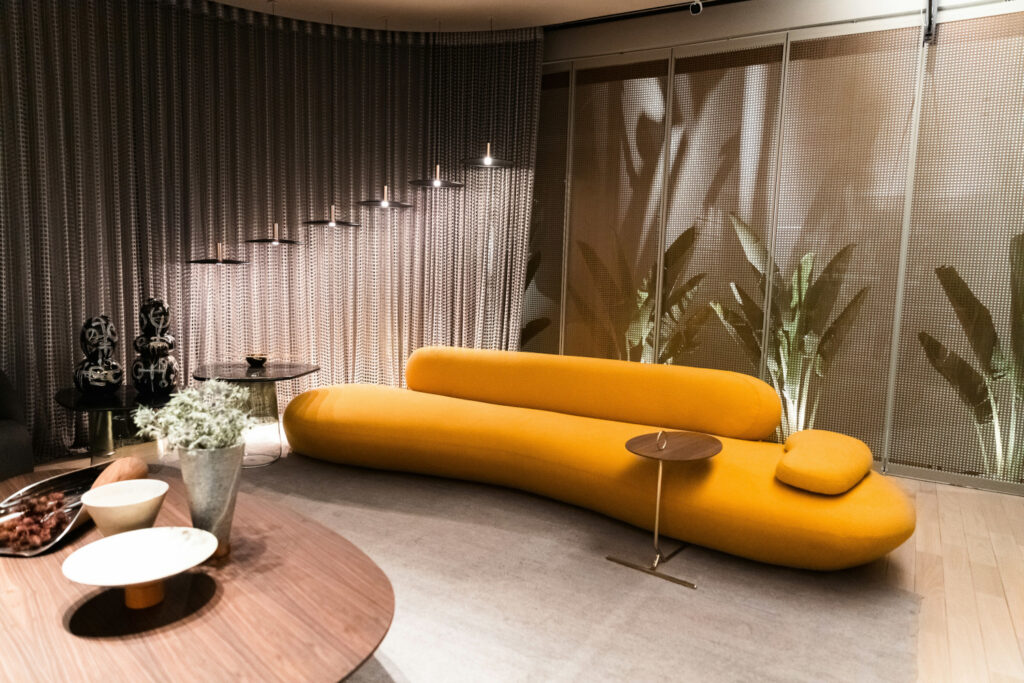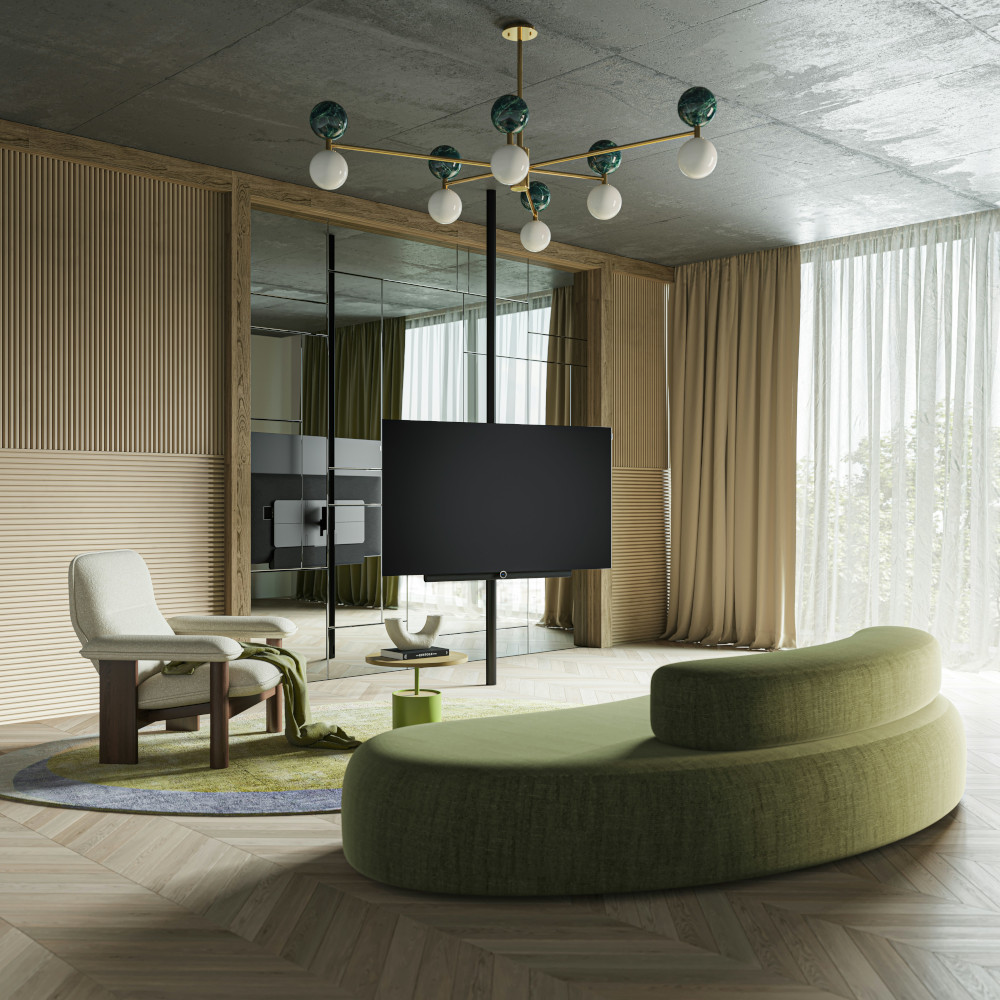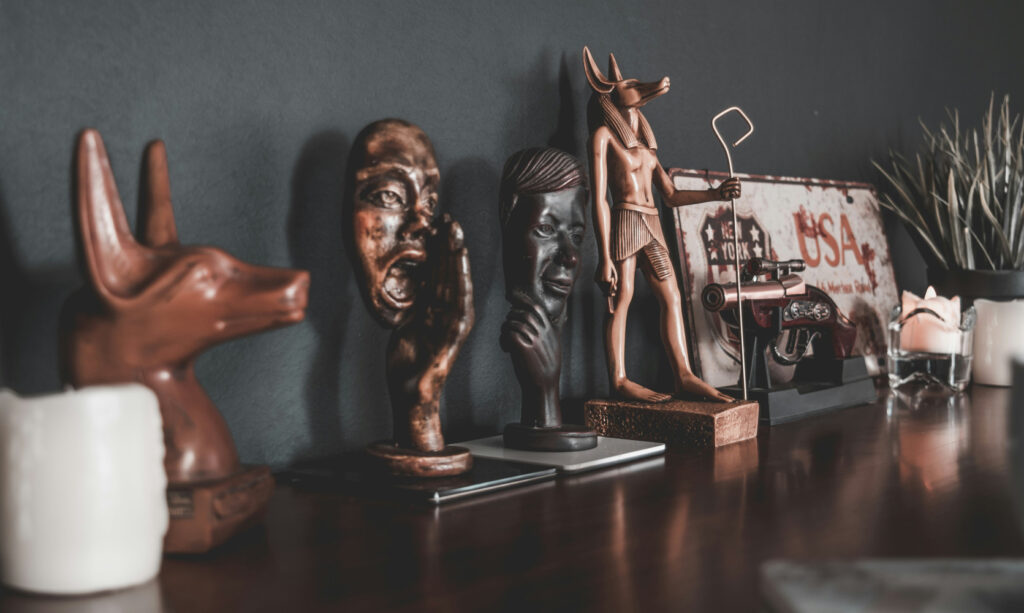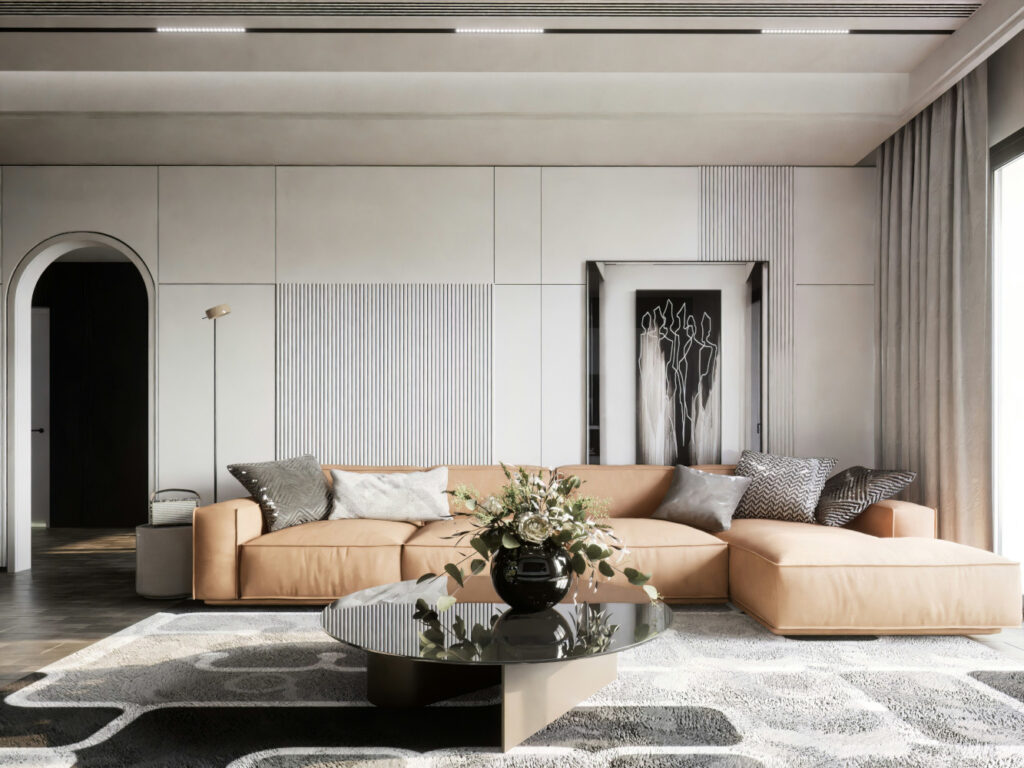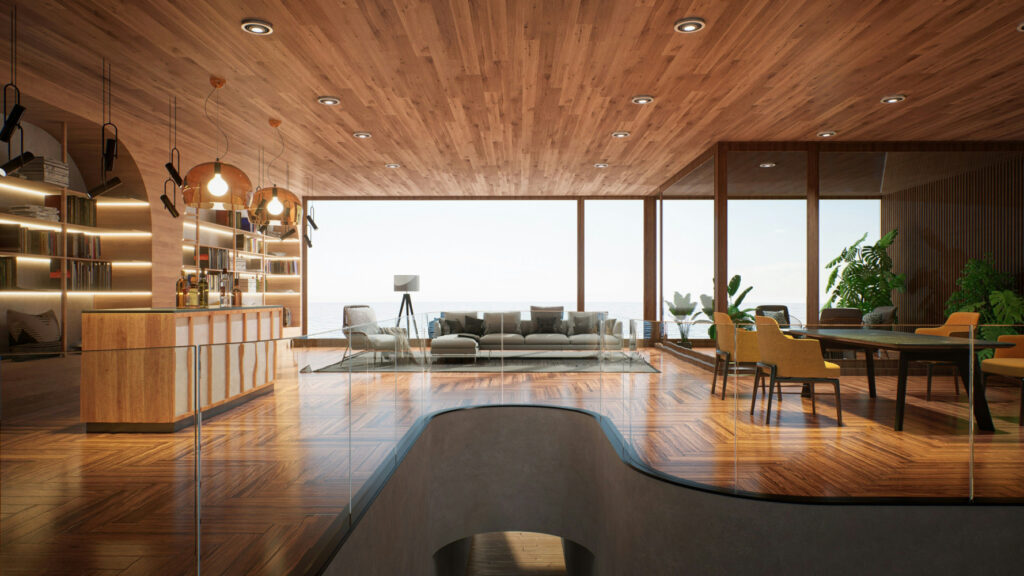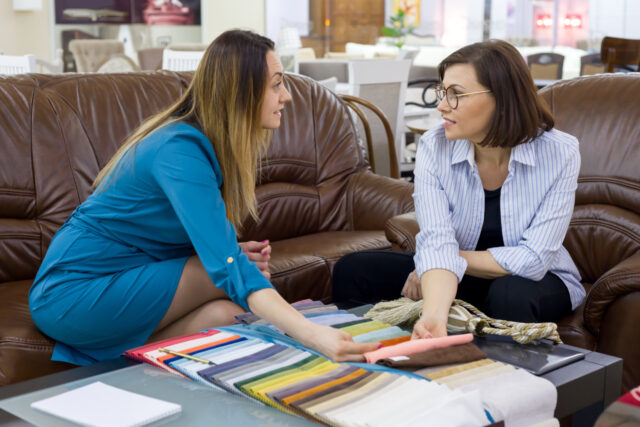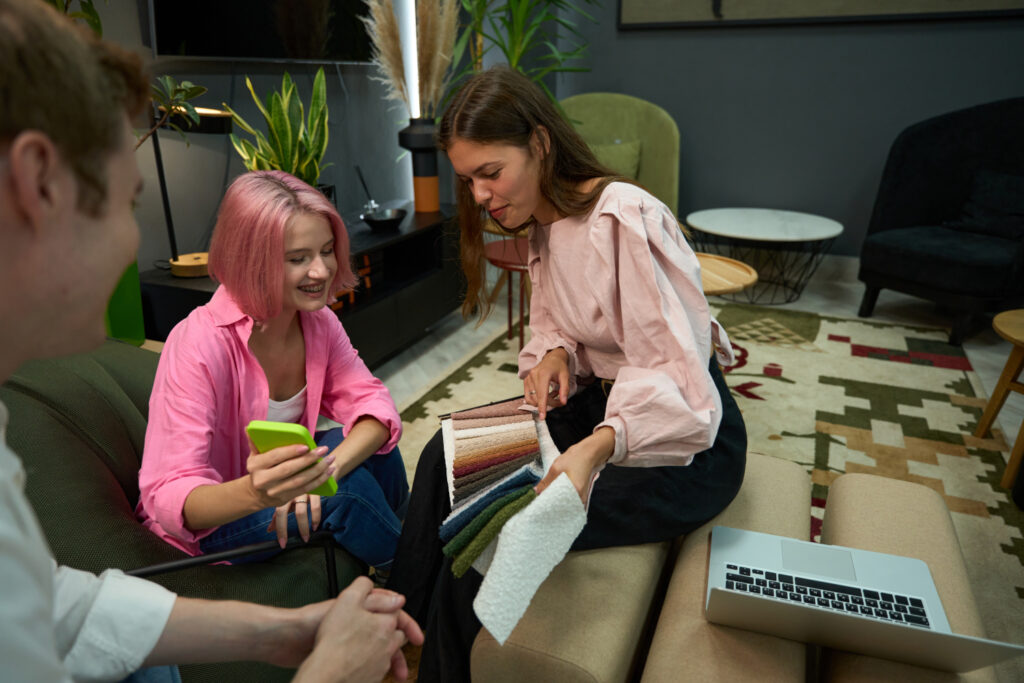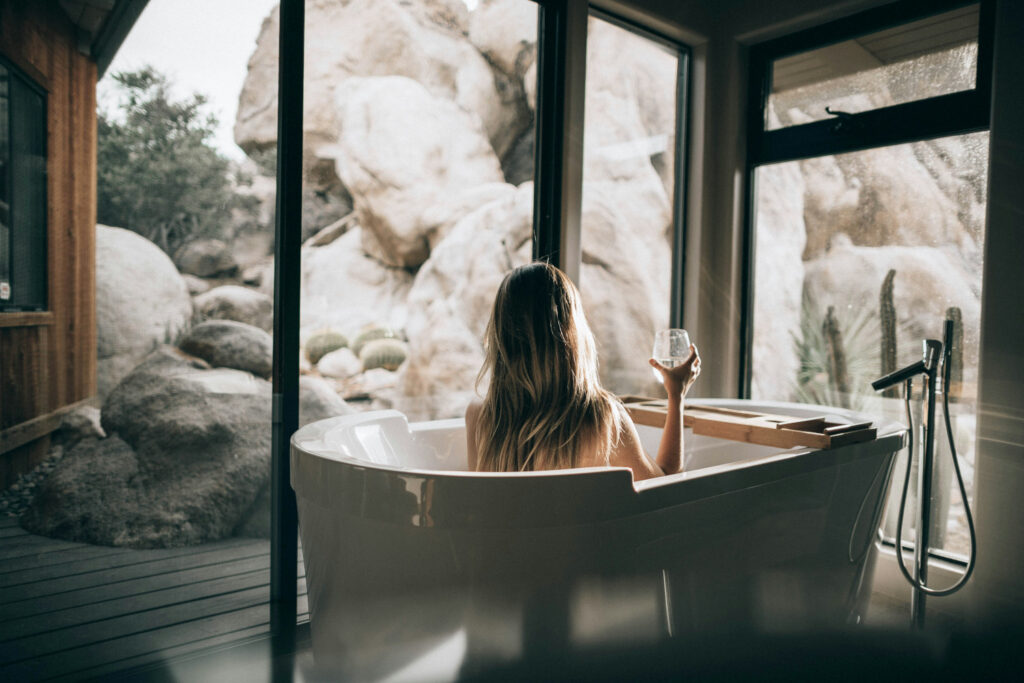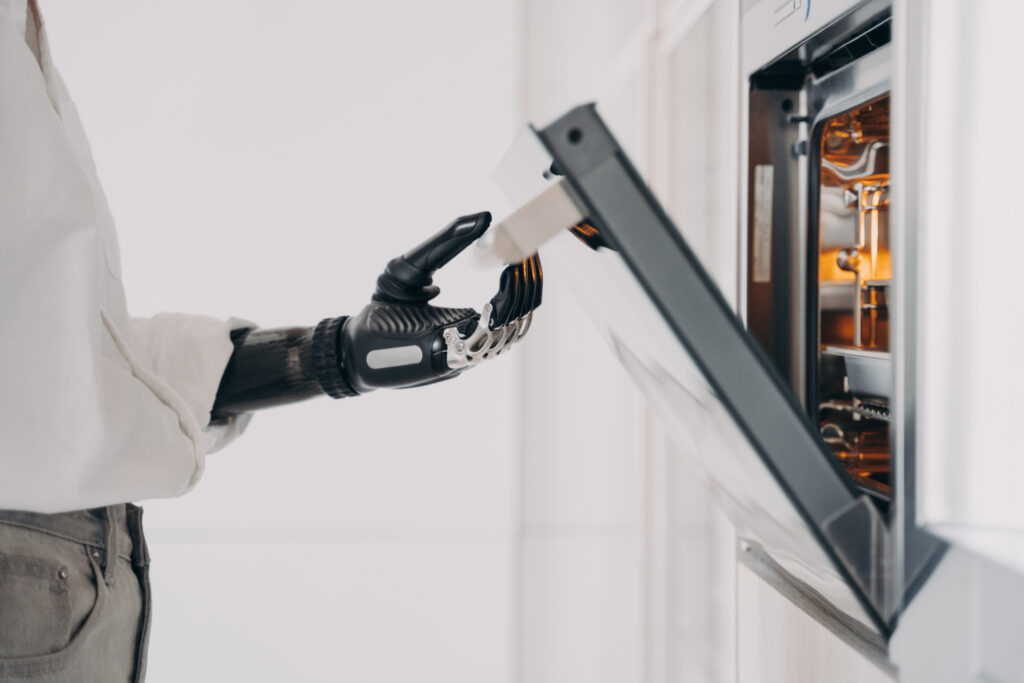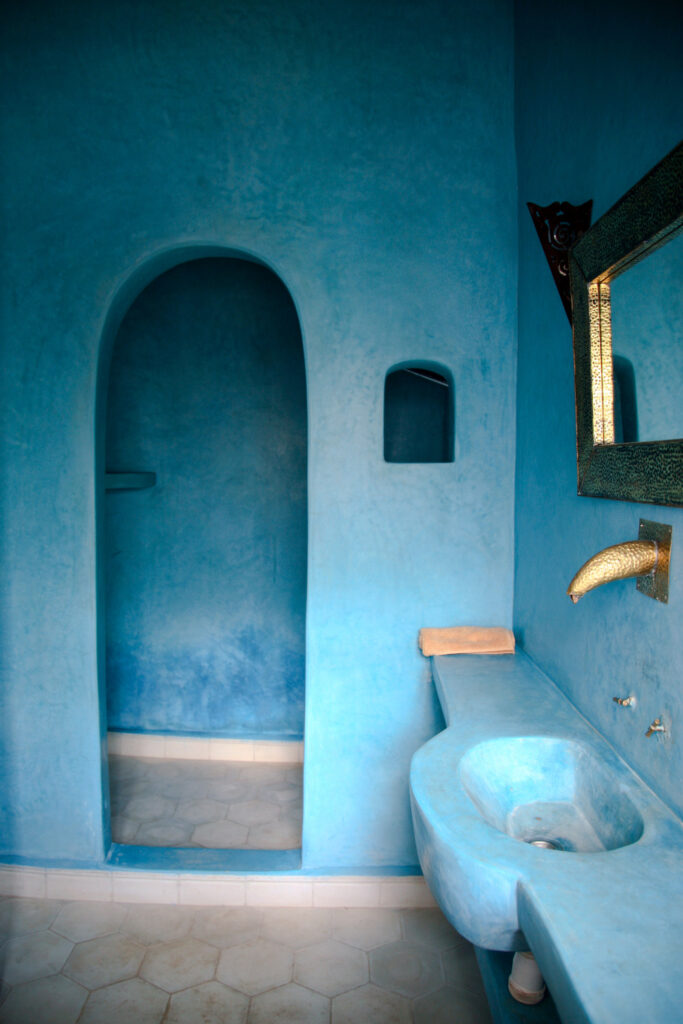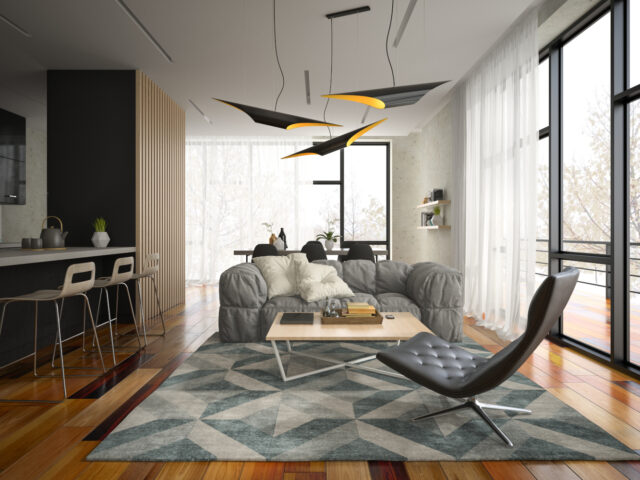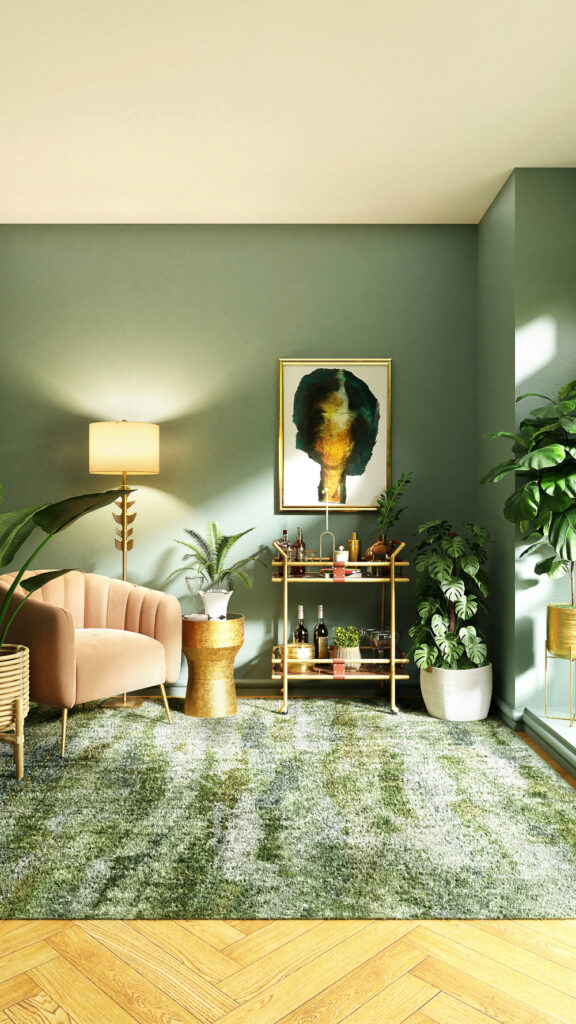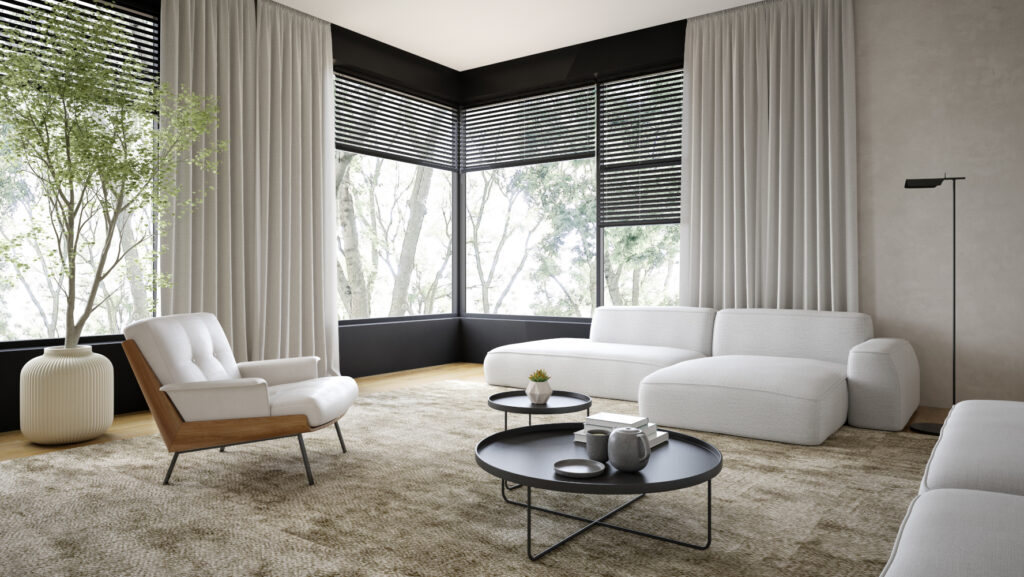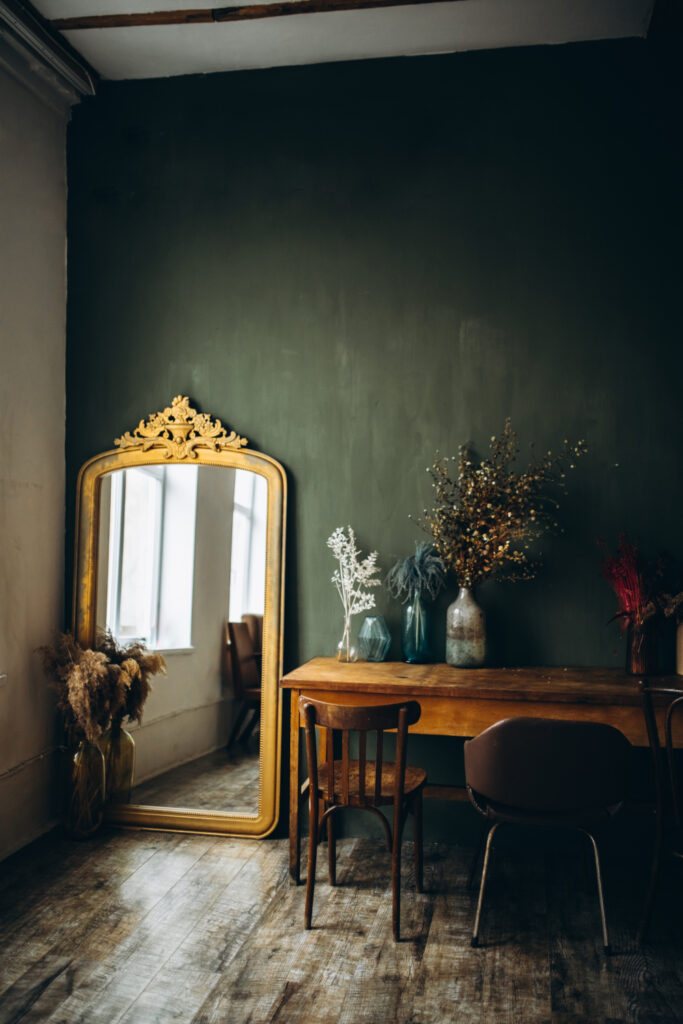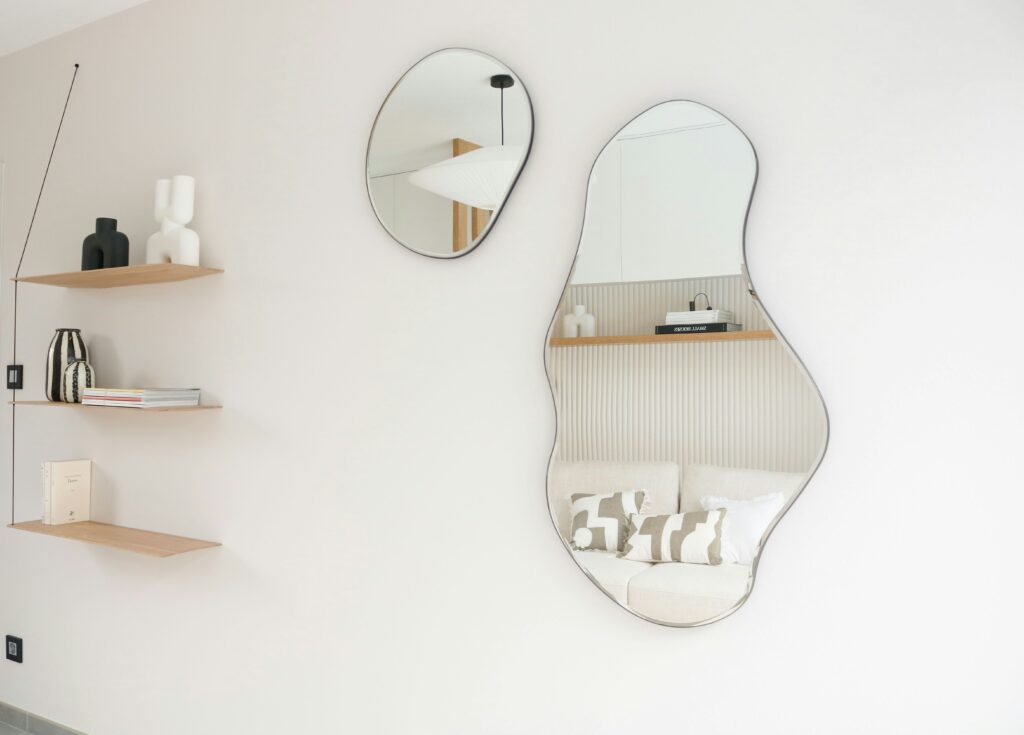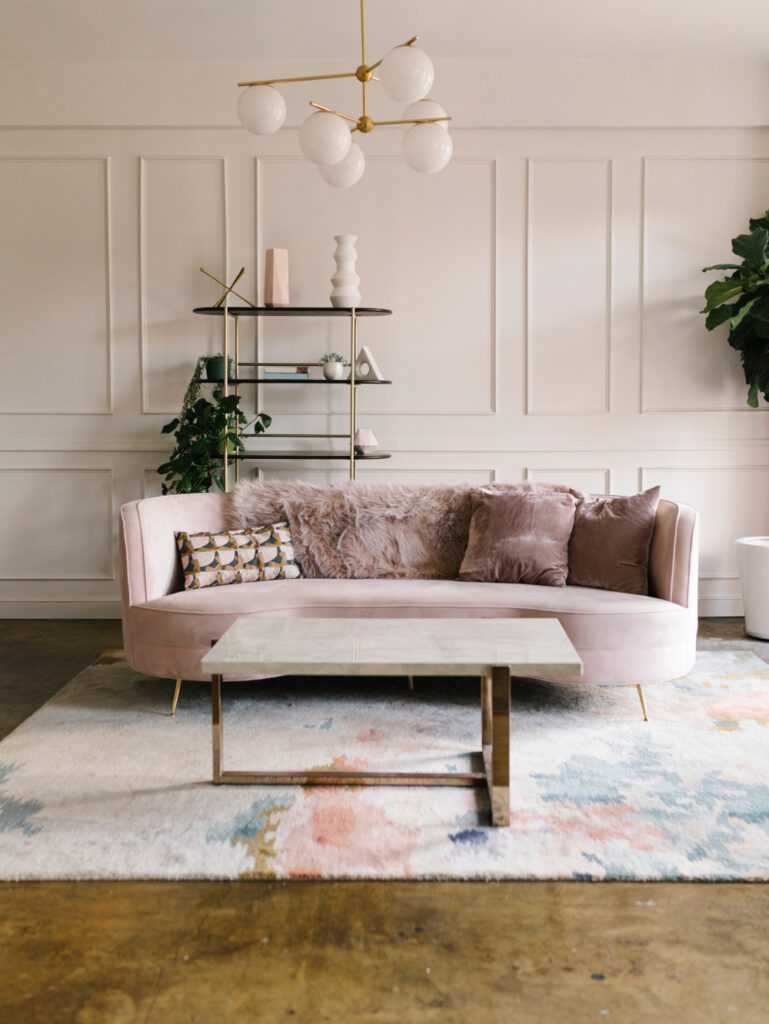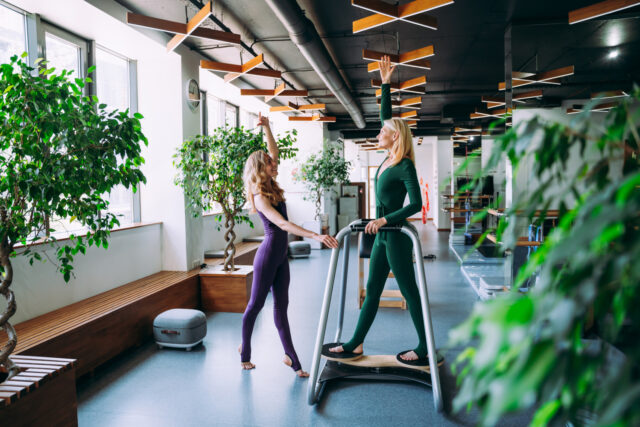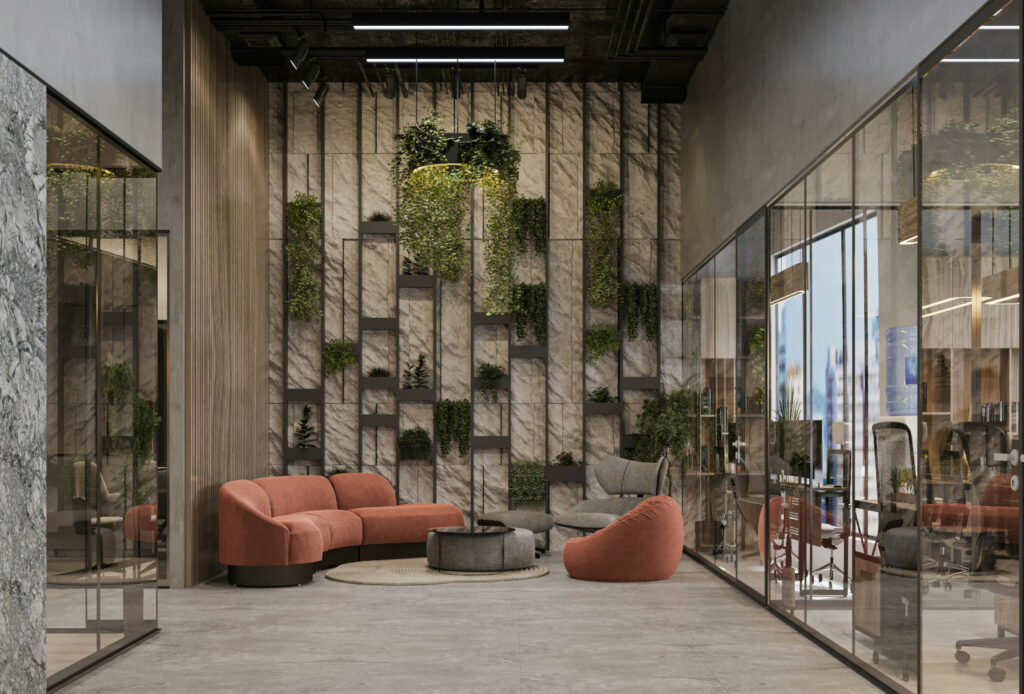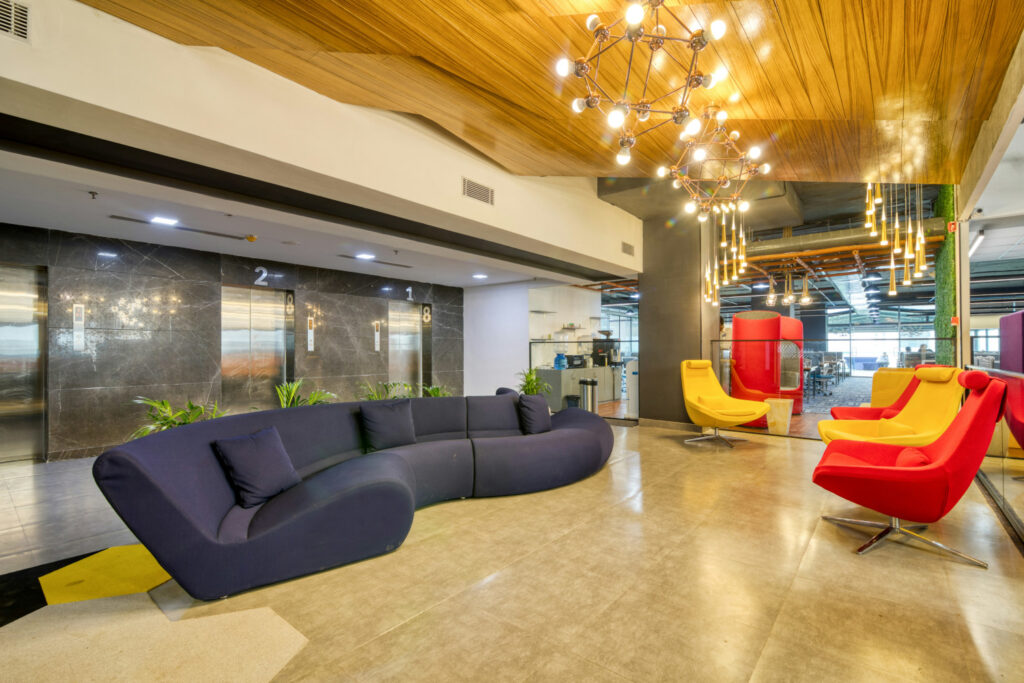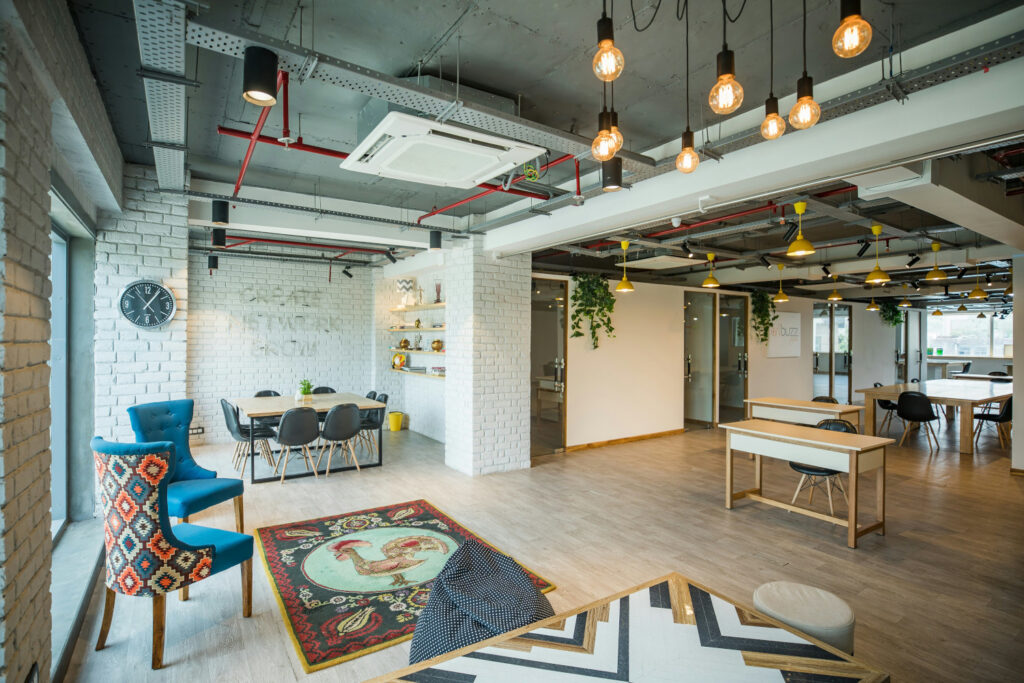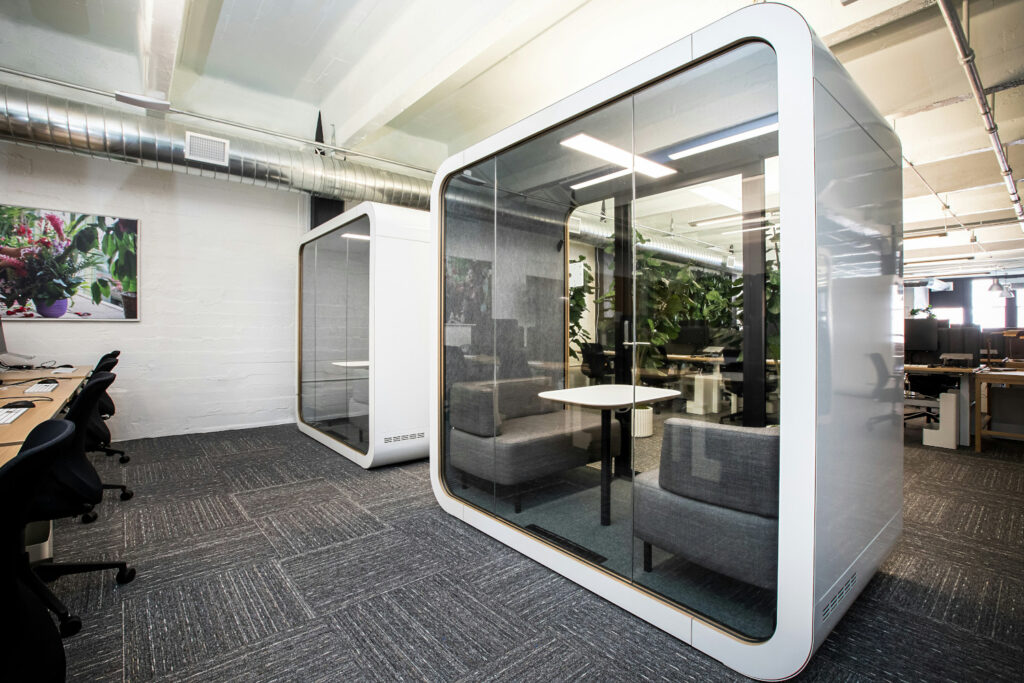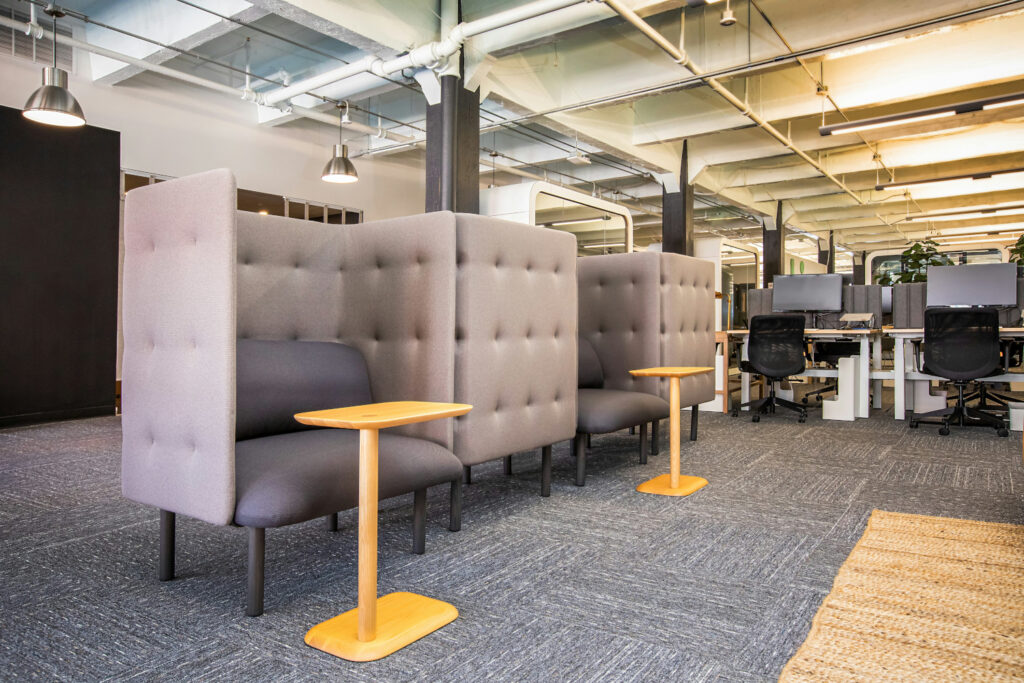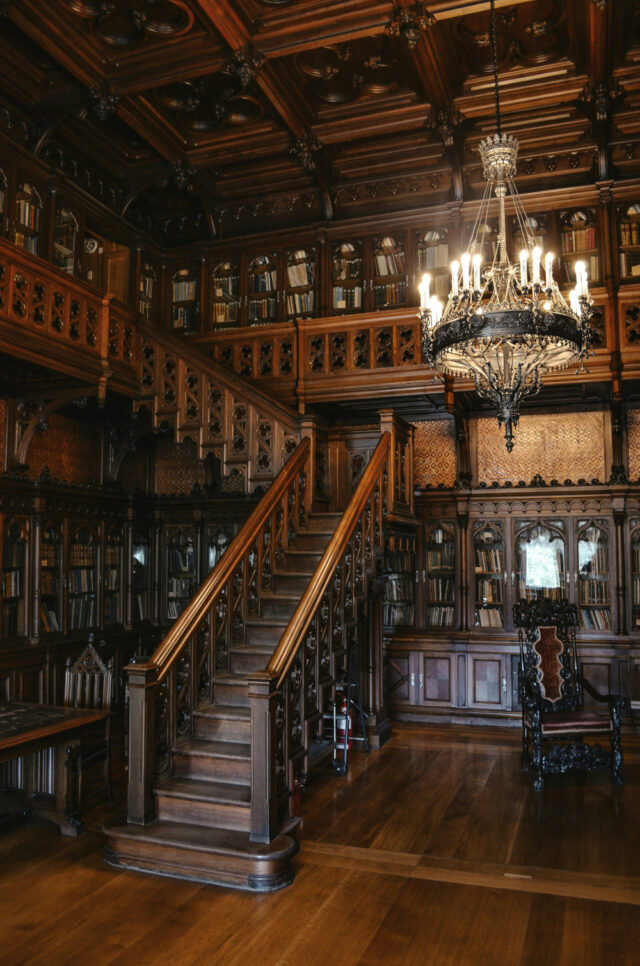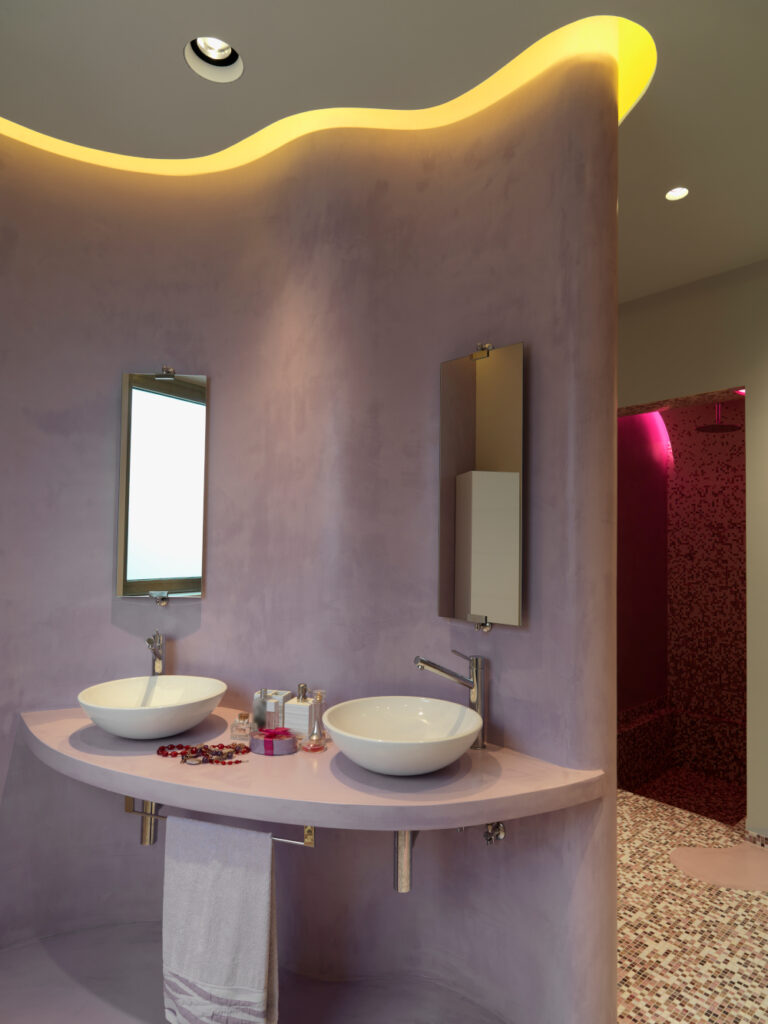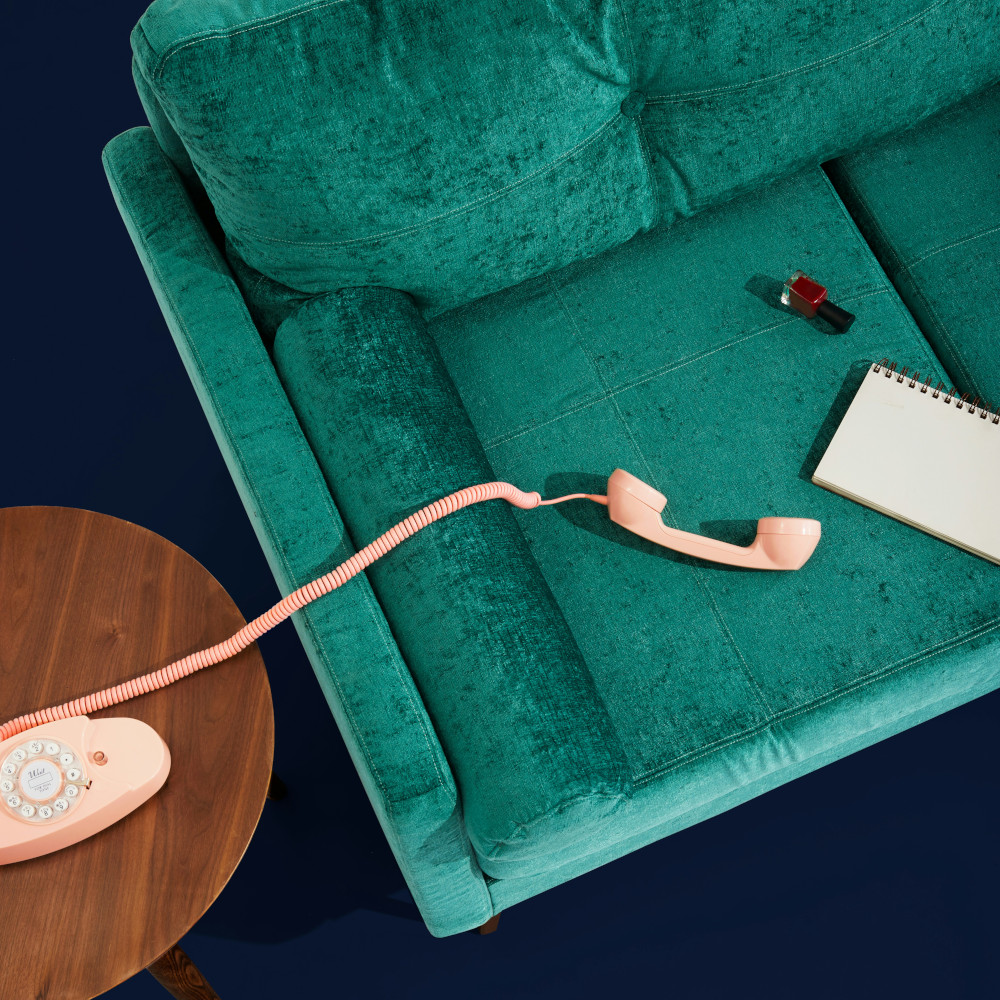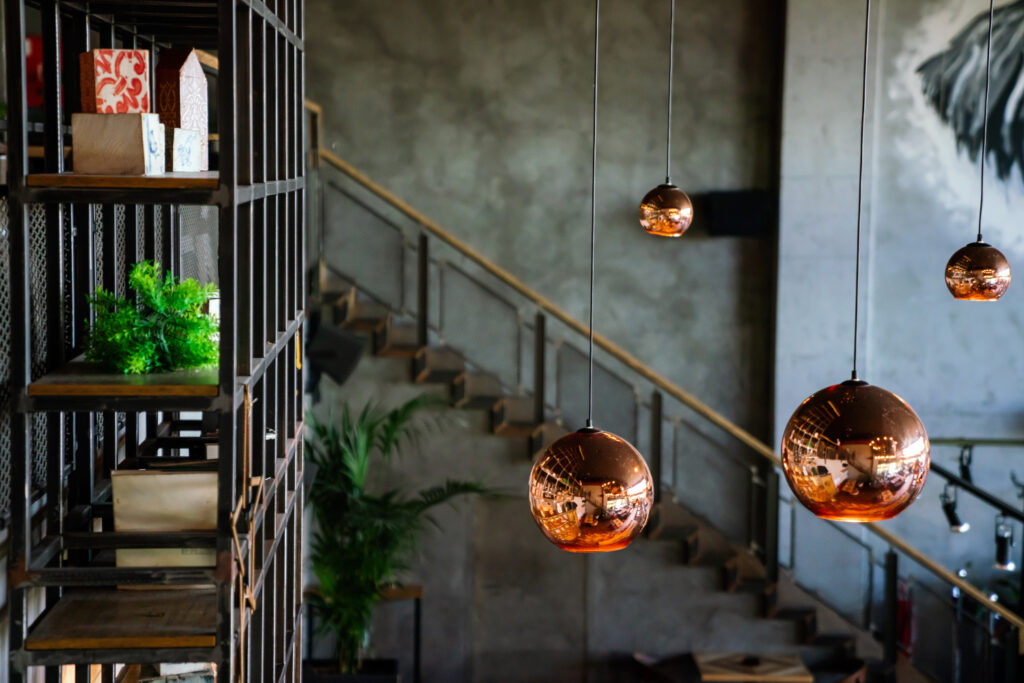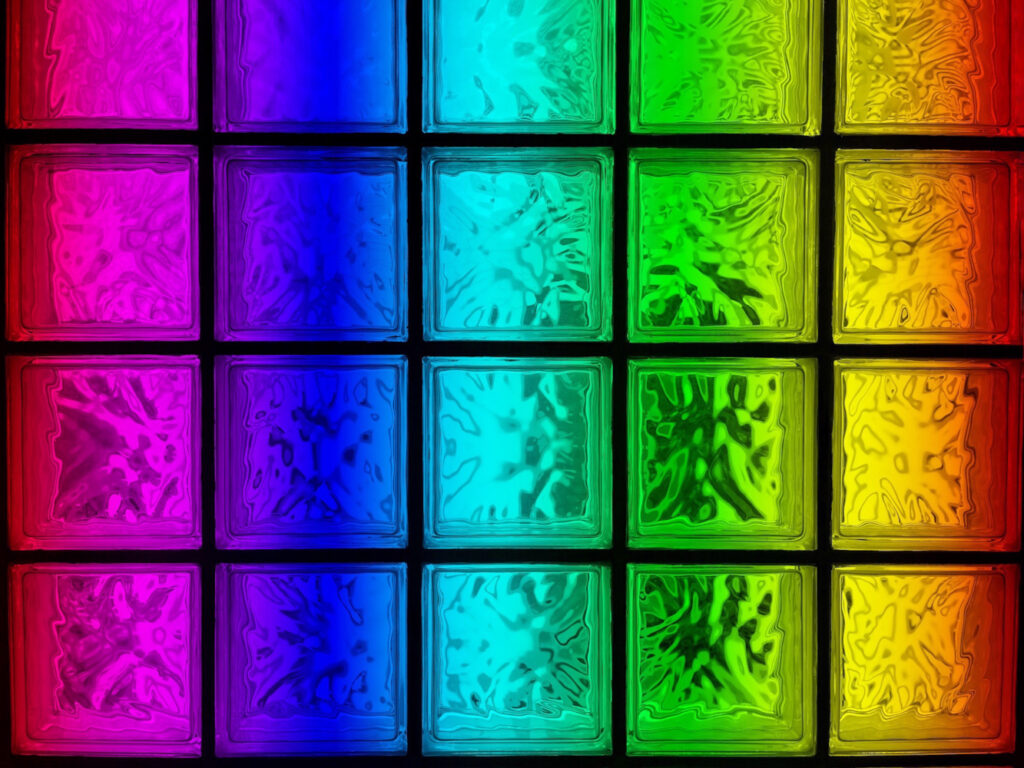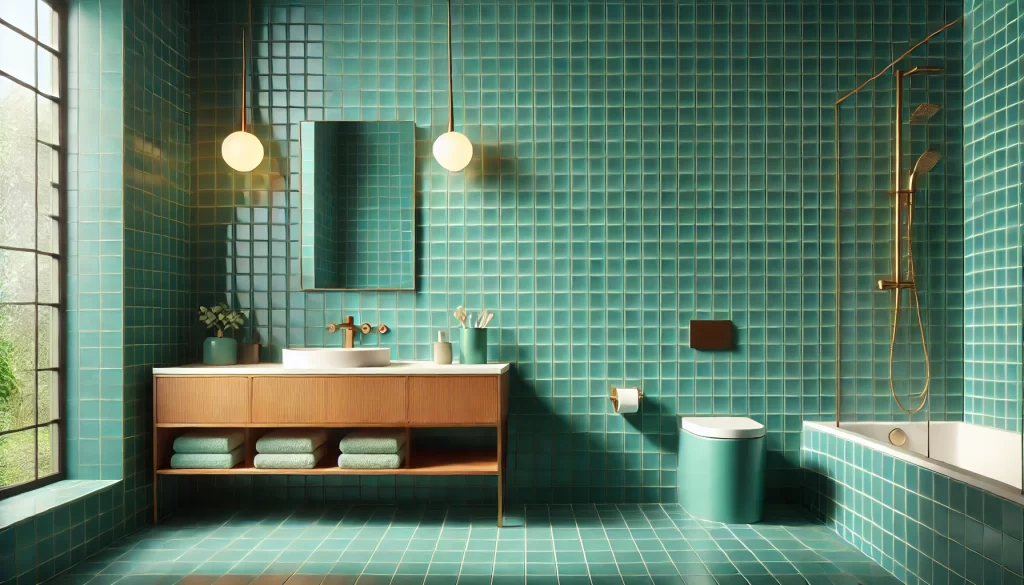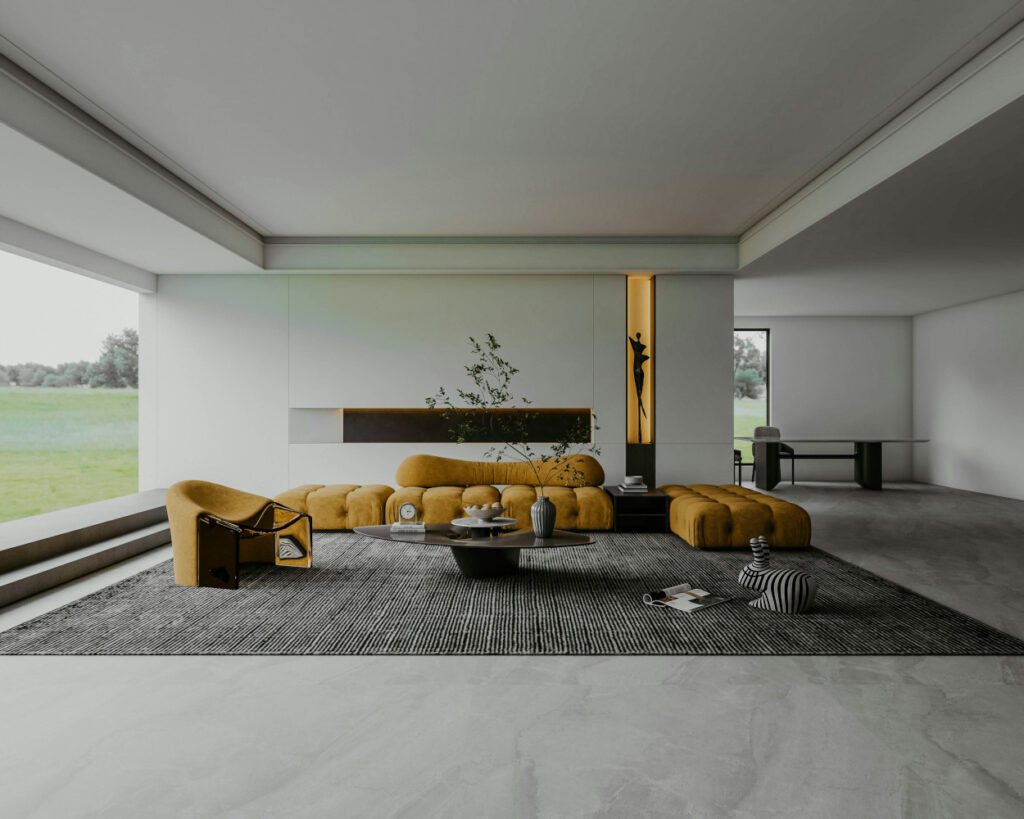Why Aging in Place Is Interior Design’s Next Essential Frontier (Plus How to Nail It)
America’s population is aging fast. By 2050, the number of people over 65 is expected to nearly double, a demographic shift that’s colliding head-on with a national housing crisis. As affordable, accessible homes become increasingly scarce, aging in place is becoming the new design imperative.
For interior designers, this presents an opportunity to create beautiful, functional spaces that support independence and longevity without sacrificing aesthetic ambition. Aging in place is the future of resilient, responsible design. Are you ready? This week, Interior Design 411 shows you how to get it right.
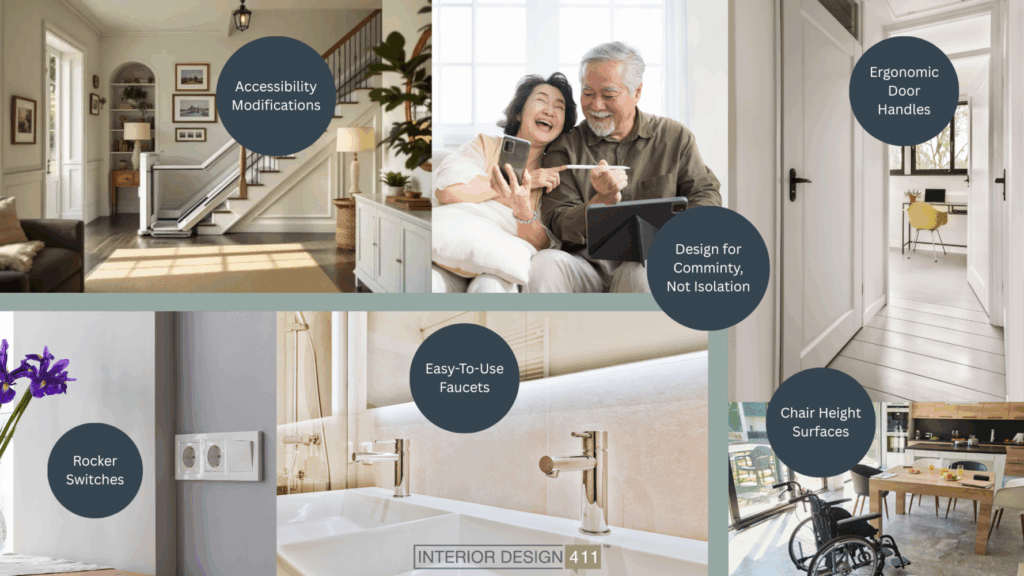
Start With Subtle, Smart Upgrades
Designers often underestimate the power of small changes. Door levers, rocker light switches, and awning-style windows should become go-to specifications. These small tweaks maintain big independence. Look to brands like Legrand for accessible electrical solutions or Hafele for soft-close, D-type cabinet pulls with ergonomic grip. These manufacturers offer ADA-conscious designs without compromising on visual appeal.
Take advantage of smart home tech but keep it intuitive. Voice or tablet-controlled lighting, locks, and thermostats can significantly boost convenience and safety. Just ensure these systems are easy to navigate, especially for users with visual impairments or limited tech fluency.
For budget-conscious projects, prioritize upgrades in high-traffic zones like hallways, kitchens, and baths. Swapping out cabinet hardware or adding a soft-close mechanism can be done in hours and significantly improves usability.
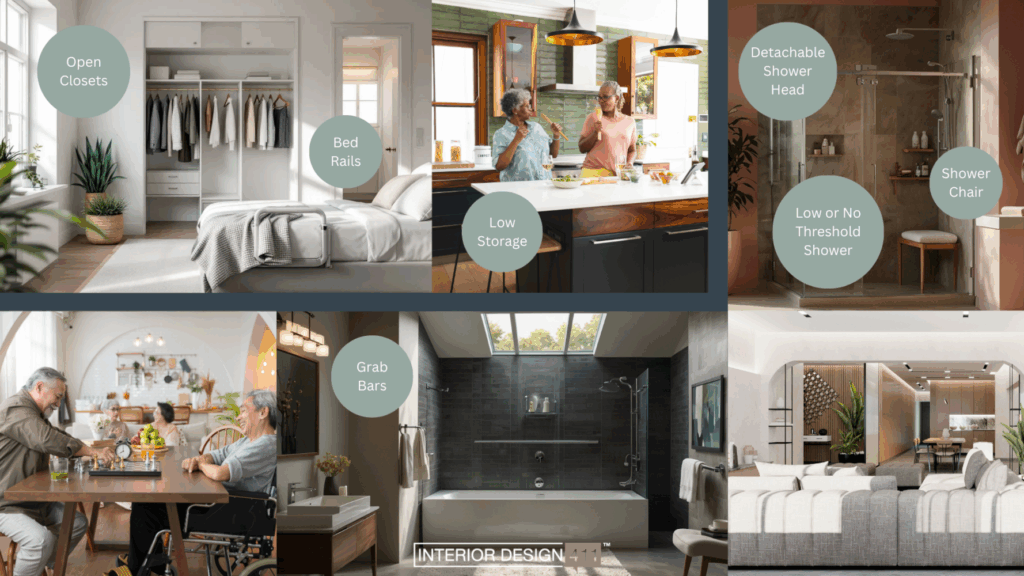
Design for Social Engagement, Not Isolation
Aging in place is linked to better health outcomes, but only when social isolation is addressed. Shared spaces that feel warm, open, and inviting can mitigate loneliness.
In multifamily or intergenerational homes, create flexible spaces with caregiver support in mind. A hallway nook could serve as a quiet work zone for a visiting nurse. Dual-access bathroom entries can allow both privacy and assistance when needed. Designing for two users with distinct needs is increasingly critical in this space.
Reimagine Lighting and Electrical
Proper lighting is non-negotiable. Poor lighting can skew depth perception and increase fall risk. The AIA’s Aging in Place Guide suggests indirect lighting with a color temperature between 2,700K–3,000K and a CRI of 100. Embrace LEDs to reduce maintenance, and incorporate two-way switches, especially in bedrooms. Rethink outlet placement too. Position them 18–24 inches off the ground to limit bending and twisting and ensure they’re reachable from seated positions.
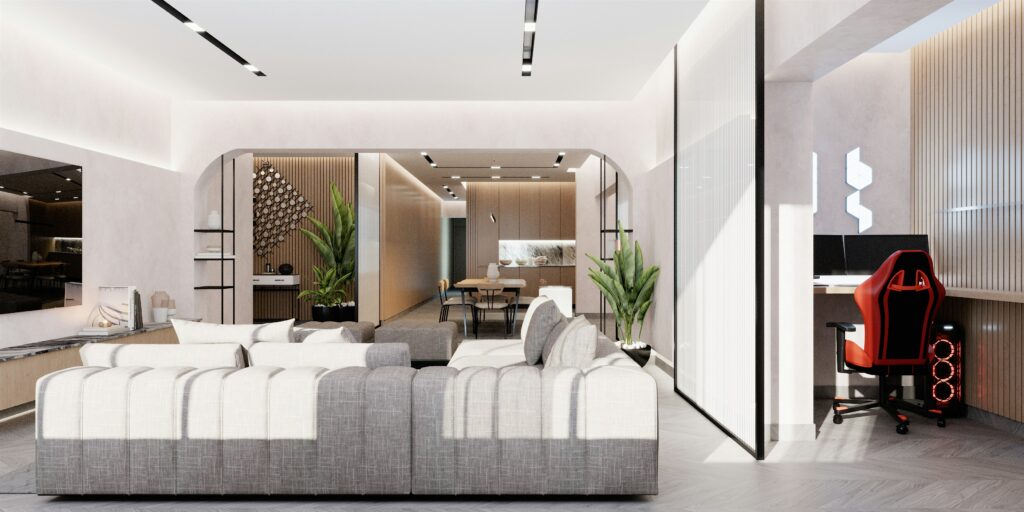
Floors That Work Hard (But Look Good)
Avoid trip hazards by selecting smooth, soft surfaces like cork or rubber flooring. These materials cushion joints but don’t interfere with mobility. Cork offers natural resilience, is sustainably harvested, and adds a warm visual texture. Rubber provides slip resistance and can be sourced in bold or subtle tones to match any palette. Linoleum, often overlooked, is both durable and antimicrobial, making it perfect for kitchens and baths.
Eliminate thresholds where possible. If transitions are necessary, signal them with clear textural or color changes rather than jarring patterns or high-gloss finishes, which can confuse the eye.
Essential Kitchen and Bath Specs
The kitchen can be a hazardous space for older adults, but it doesn’t have to be. Prioritize ergonomic cabinetry (think drawers instead of base cabinets), keep microwaves and everyday items within easy reach, and avoid placing cabinets over the stove. Consider mobile islands and seated prep spaces.
In bathrooms, no-threshold showers with built-in seating, adjustable handheld showerheads, and thermostatic controls improve both comfort and safety. Don’t forget that towel bars should be reinforced or replaced with designer-grade grab bars. A lot of aesthetically appealing options exist that can blend seamlessly into luxury environments.
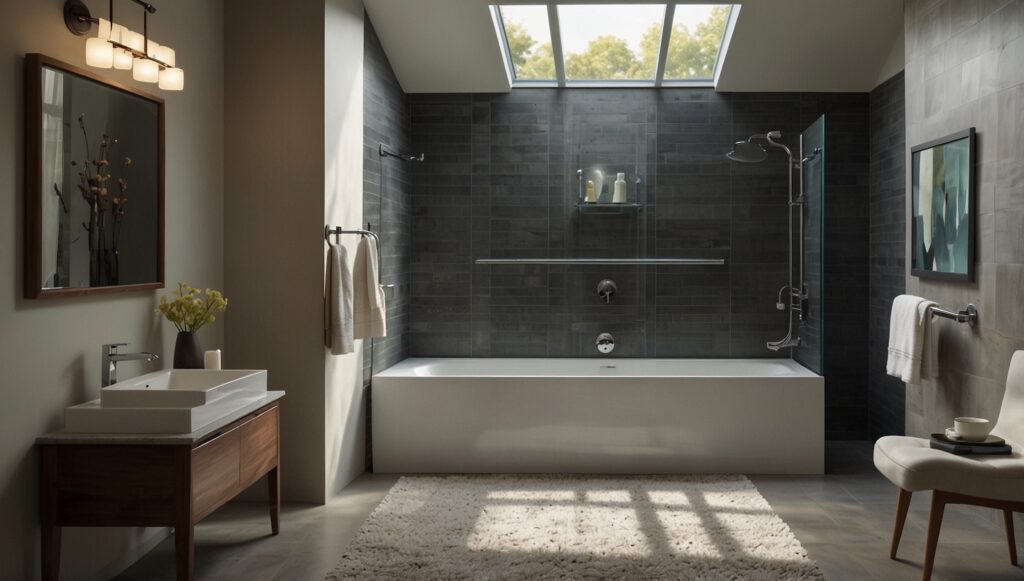
Consider specifying pull-down shelves in upper cabinets, which allow contents to be accessed without reaching or climbing. In bathrooms, opt for anti-slip porcelain tiles with a matte finish, and use contrasting grout to visually define the edges, helpful for clients with reduced depth perception.
Future-Proof Design
The most effective aging-in-place design begins early. Encourage clients to think ahead during renovations. Design for flexibility and dignity over decades. Features like ground-floor primary suites and full bathrooms on each level future-proof your work, not just convenient.
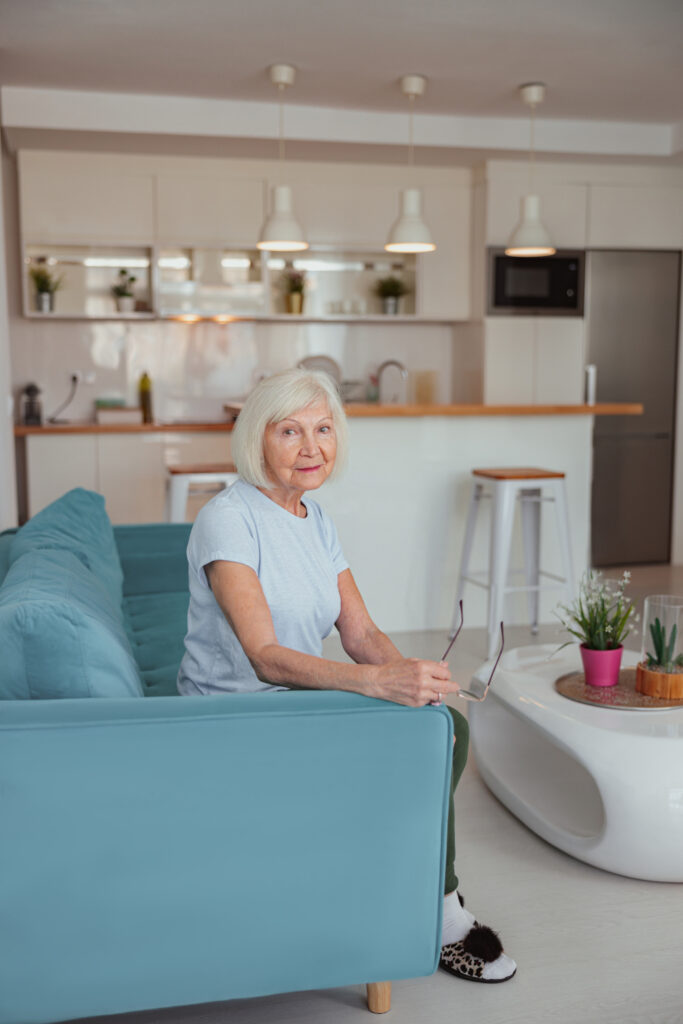
🗣️ Client Conversation Starters
Conversations about aging can be sensitive. Frame them as smart, forward-thinking design choices. Try these openers with your clients:
- “Would you like to make this your forever home? Let’s design with that vision in mind.”
- “Have you considered how this space might serve you in 10 or 20 years?”
- “We can add a few subtle design upgrades now that will save time, money, and stress later.”
Design That Lasts Starts With You
Interior designers are stewards of well-being, not just decorators, and there’s a growing need for professionals who understand how thoughtful design supports longevity and quality of life. Being well-versed in universal design and Aging in Place certifications will soon be as essential as understanding LEED or WELL. For those looking to deepen their expertise, certifications like the NAHB’s Certified Aging-in-Place Specialist (CAPS) or courses through the AIA’s Design for Aging Knowledge Community are essential. These programs offer technical knowledge, legal considerations, and product sourcing strategies that go far beyond general design training.
Integrate these principles now, and you’ll be ahead of the curve, not just for senior clients, but for a future where homes adapt to the evolving needs of everyone who lives in them.
SOURCES: Architectural Digest, Delaware Journal of Public Health, AIA













